Today we delve into the ultimate guide of Luang Prabang.
I had promised to write about it, but it has been delayed for a while. Looking through my social media circle, I realized I’ve been back for over a month already.

My first impression of Luang Prabang comes from Haruki Murakami’s travel essay, “What Do You Say, What Is Laos Really Like?”
In the book, Murakami describes Luang Prabang as “a place with special light, where a special breeze blows. The sounds of people talking linger in the ear, and I can recall the trembling of my soul at that moment…”
Indeed, this is a town forgotten by time, but may time continue to forget it.

Luang Prabang is quite a unique place.
It is a renowned ancient capital and Buddhist center of Laos, once the capital of the Lan Xang Kingdom. It has been listed by UNESCO as a World Heritage Site for both its natural and cultural significance.
The World Heritage Committee’s assessment stated: “The ancient town of Luang Prabang is an exceptional example of the blending of the European colonial and Lao traditional architecture from the 19th to the 20th century.”

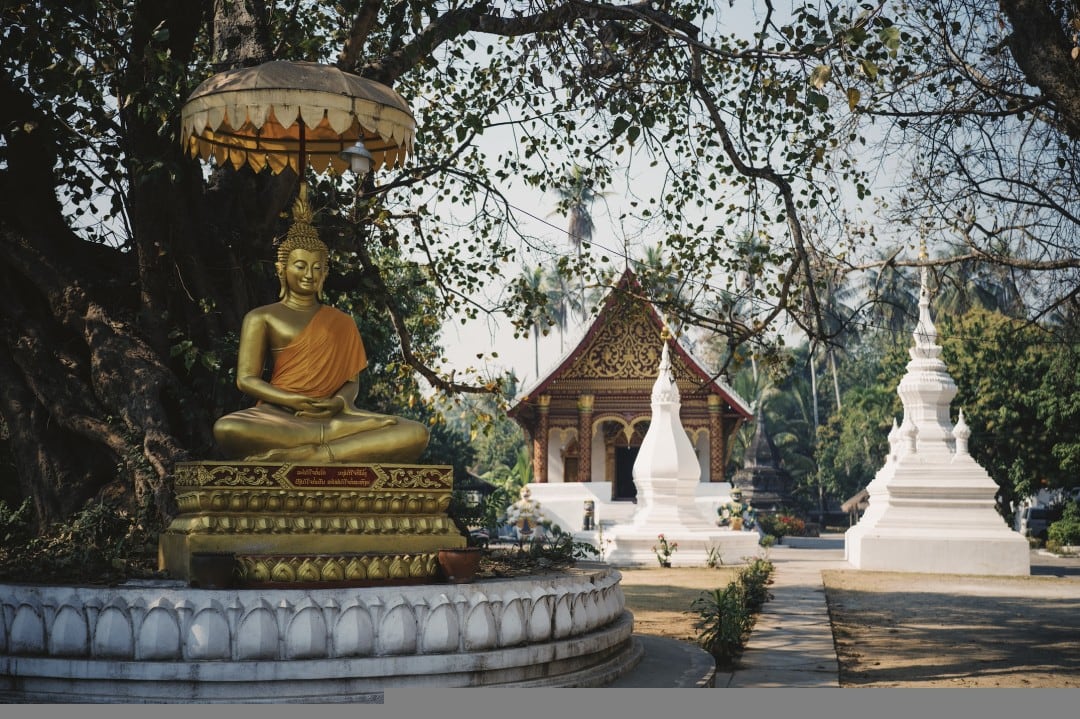
This place once experienced French colonization, and many buildings in the city have a strong French architectural style, yet it does not feel incongruous.
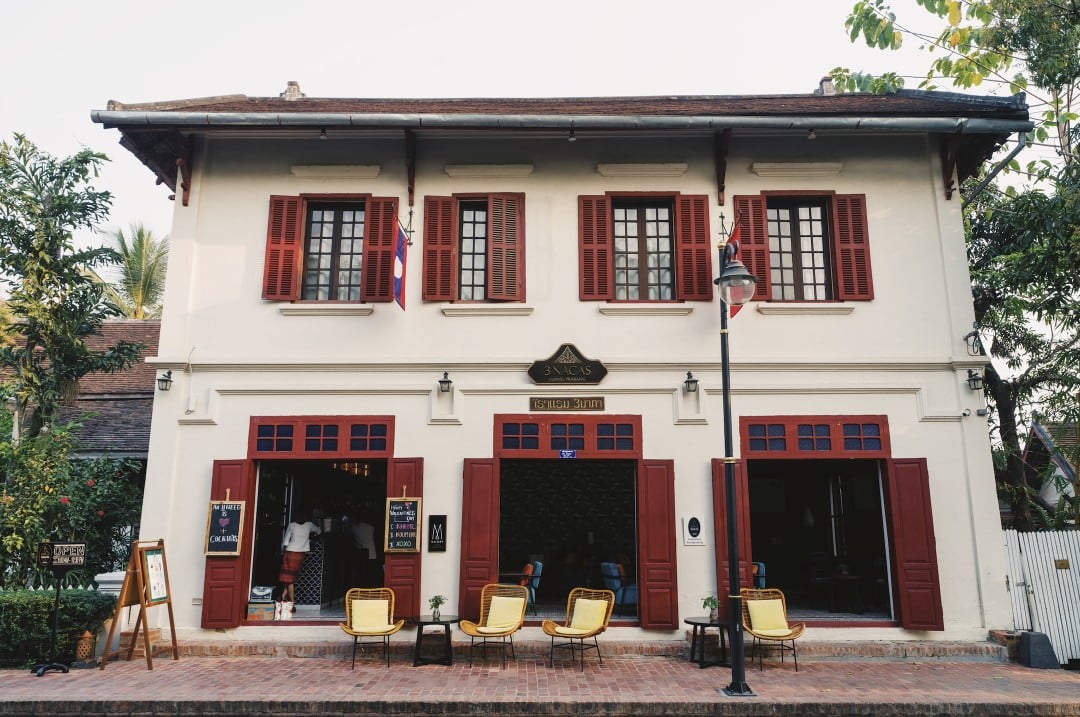
As the Buddhist center of Laos, there are small temples every few steps and large temples every few more. There are 36 temples just within the city. This city is very devout; everywhere you can see monks hurriedly passing by in their saffron robes.
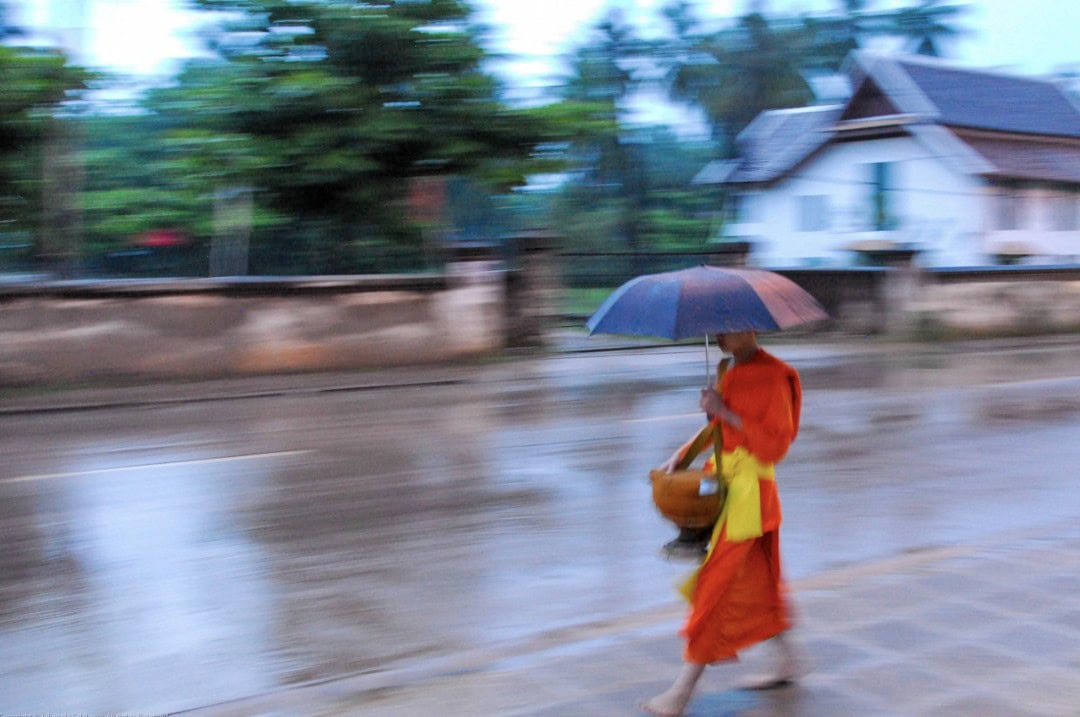
The city also has a very artsy atmosphere; every casual photo exudes freshness and a vibrant palette.
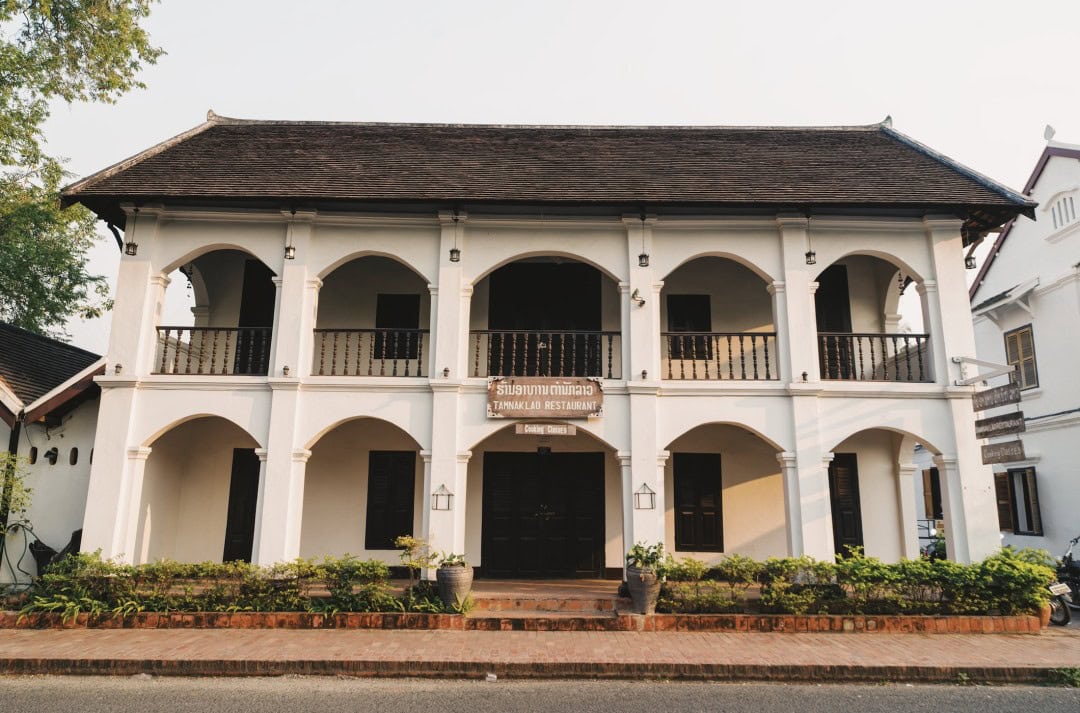
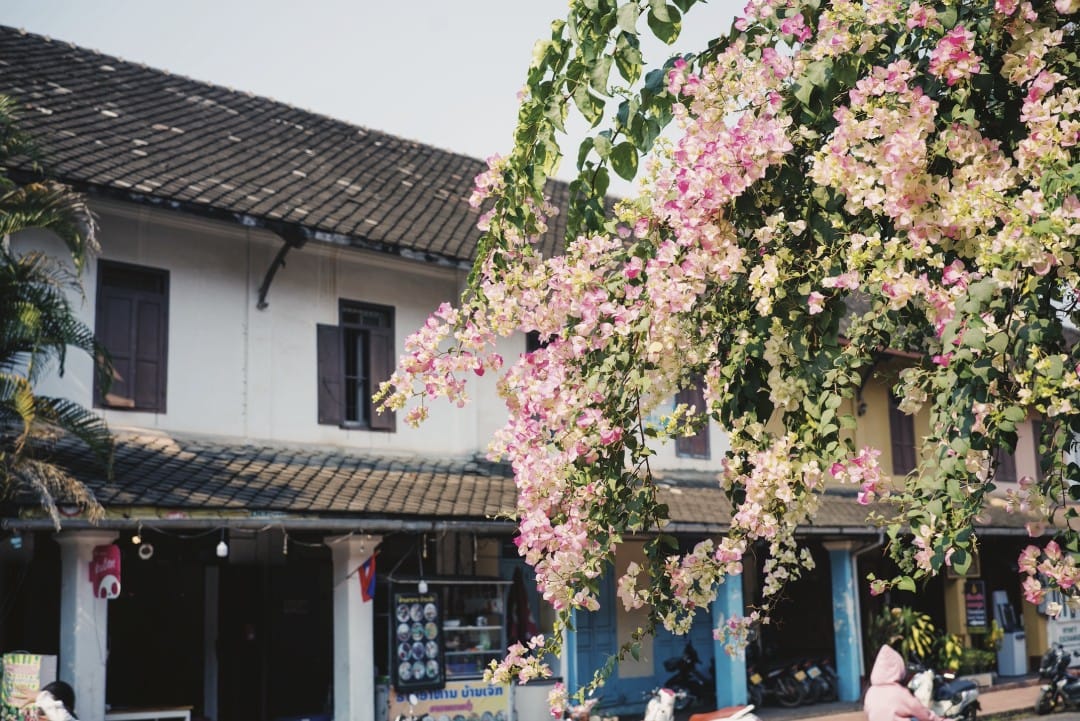
Many Southeast Asian cities have gradually become commercialized. For example, Chiang Mai is no longer the same as it was ten years ago.
Although the cost of living in Luang Prabang has also increased significantly, life here remains at a leisurely and relaxed pace.
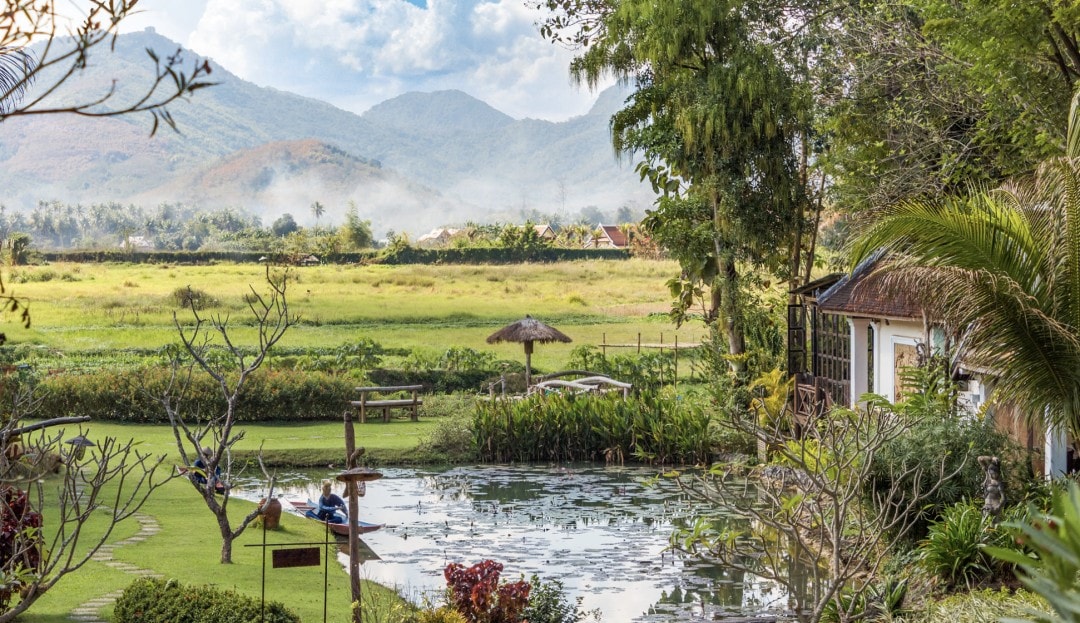
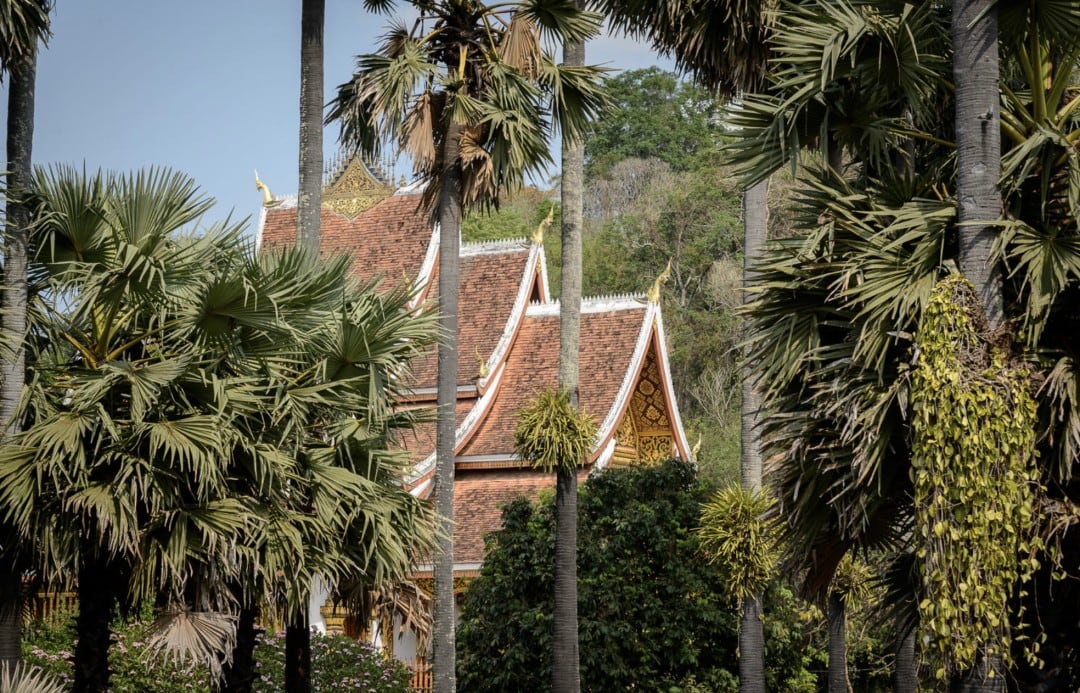
The Royal Palace Museum is a suitable first stop in Luang Prabang.
Once the royal palace, now a museum, its most prized exhibit is the Golden Buddha of Luang Prabang. Inside, there are also gifts presented to the Lao royal family by neighboring countries.
Visiting here will help you understand the history of Luang Prabang, making it a fitting first stop.
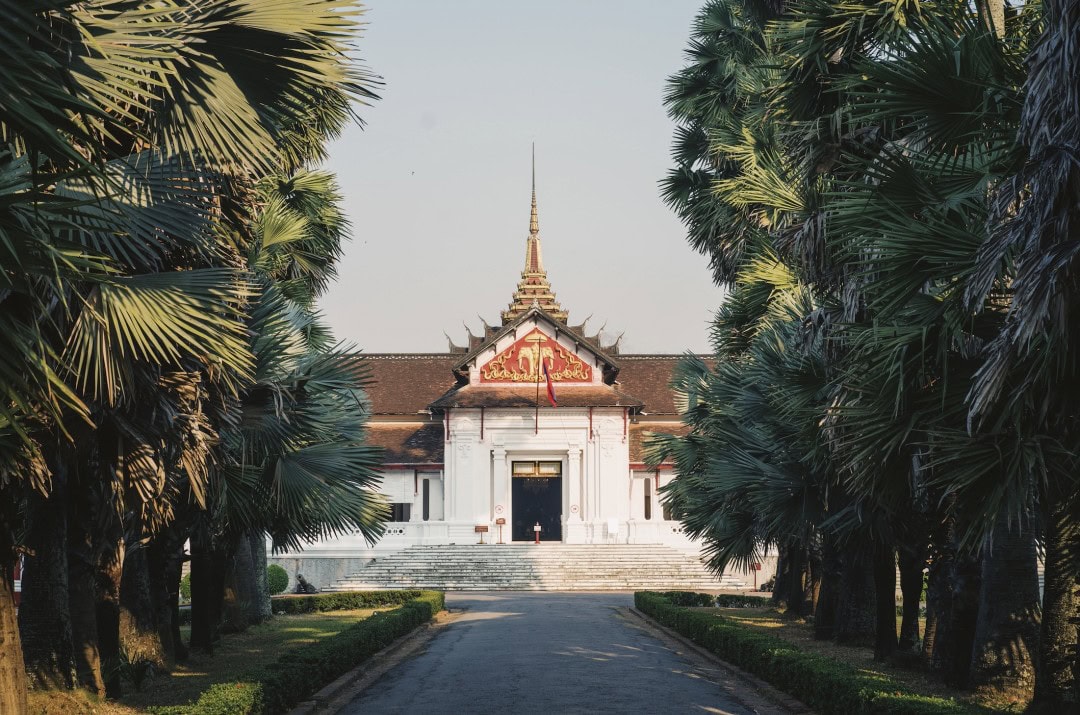
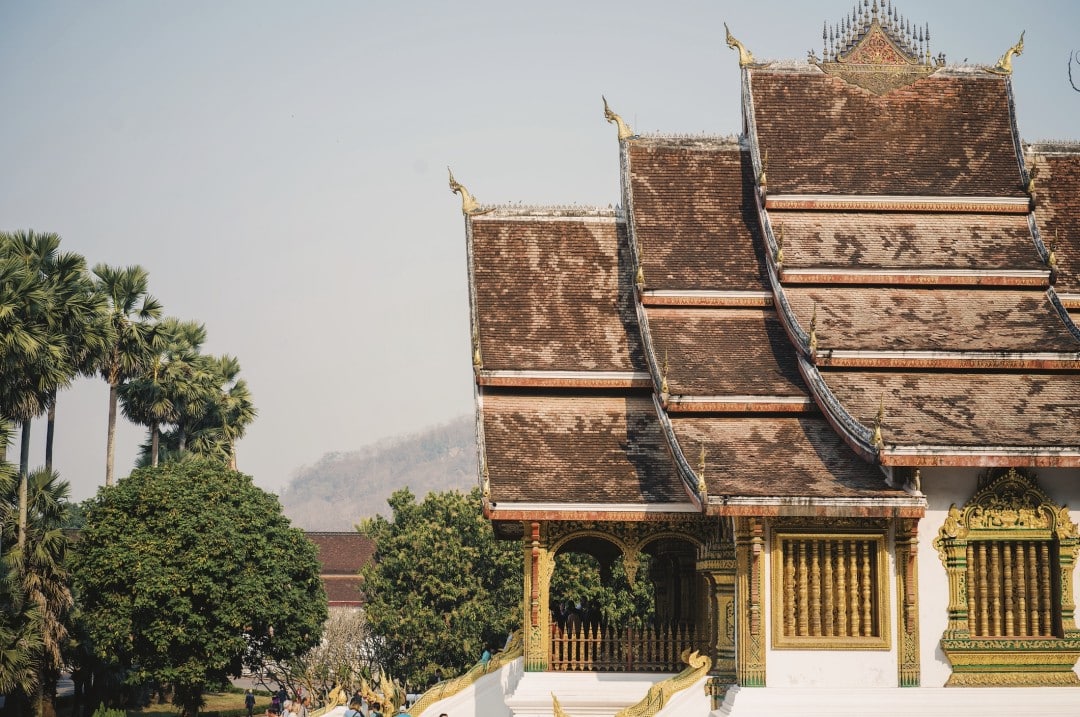
Fa Ngum Road (known as “Foreigner Street”) is the busiest street in the ancient town of Luang Prabang.
On both sides of the street are the most beautiful temples and French villas in Luang Prabang. From the morning almsgiving to the night market at night, this place is never idle.
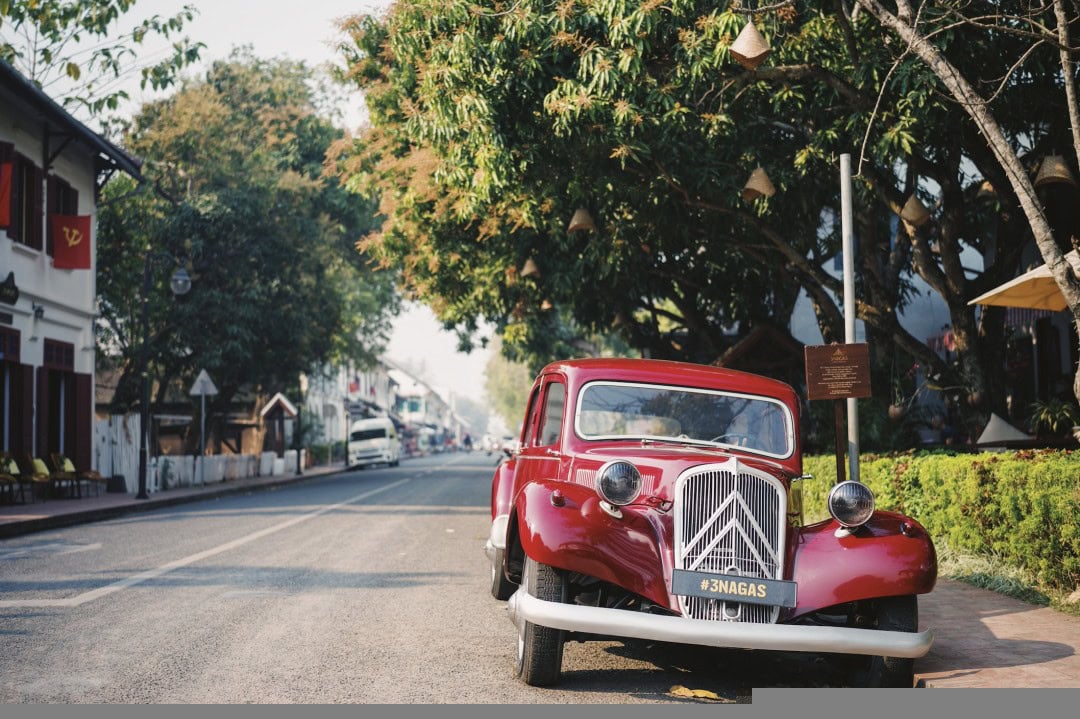
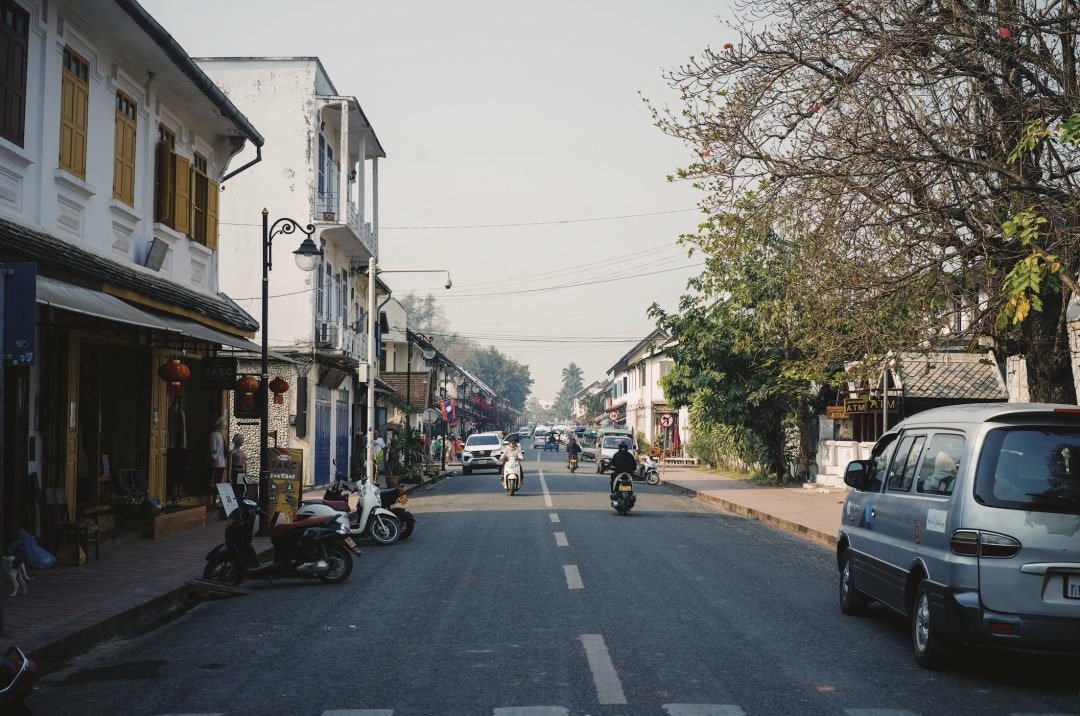
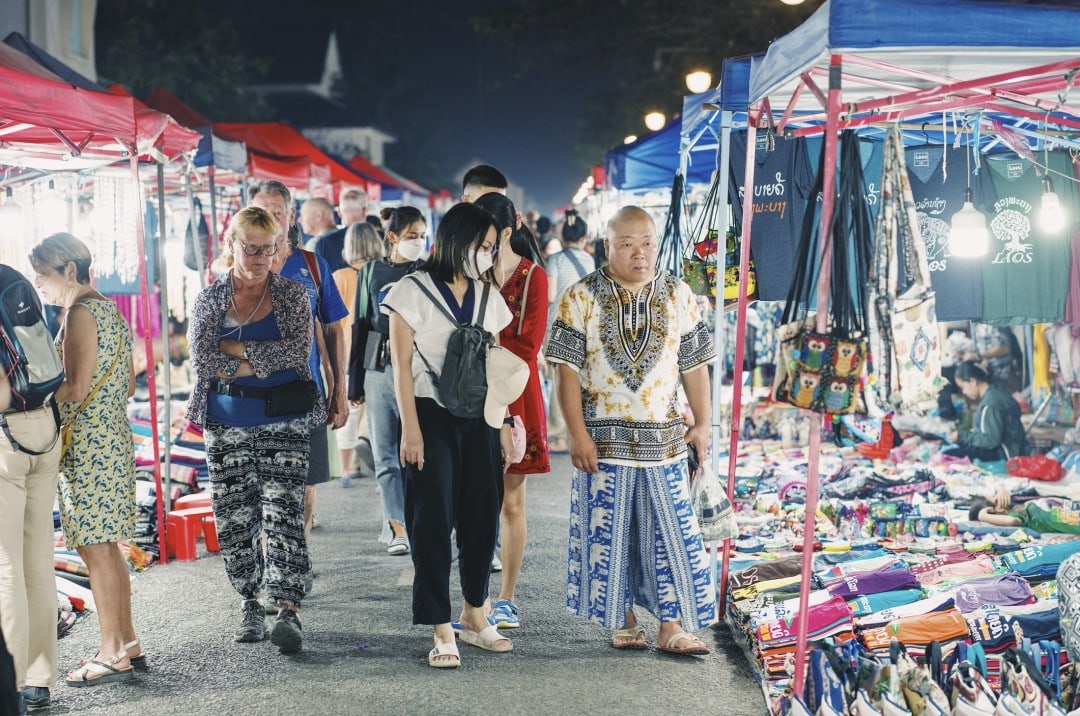
Mount Phousi is the highest point in Luang Prabang, offering a panoramic view of the entire town.
Whether it’s sunrise or sunset, Mount Phousi is worth a visit. The mountain is not tall, with over 300 steps that can be climbed in about 10 minutes. Located in downtown Luang Prabang, you can climb it both in the morning and evening.
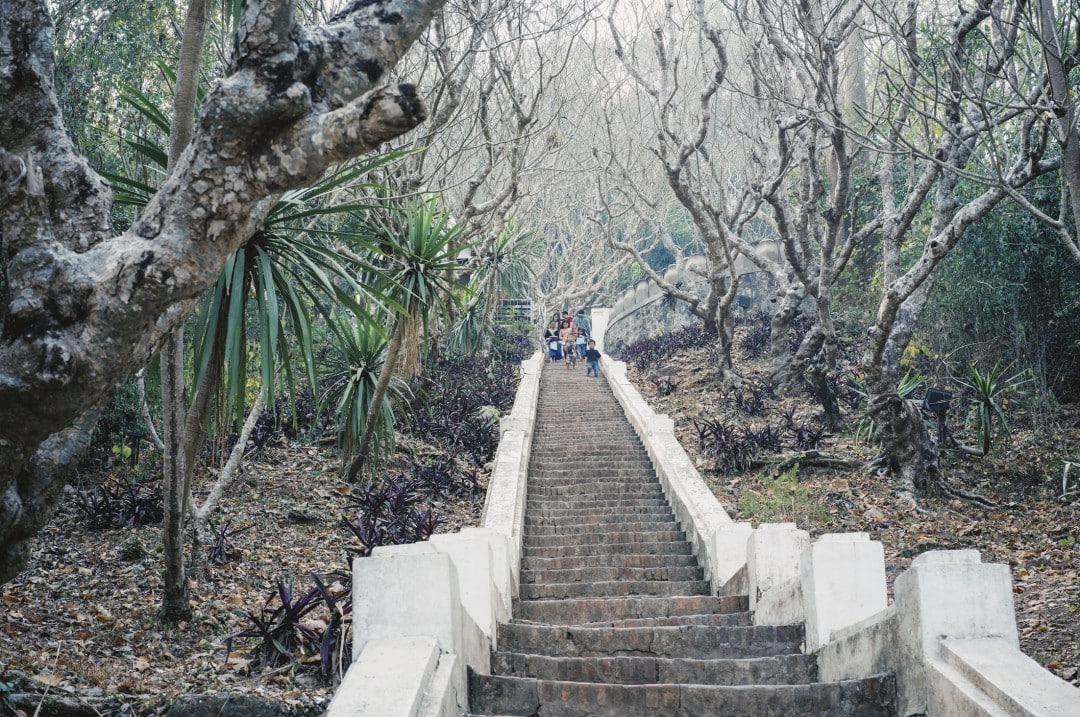
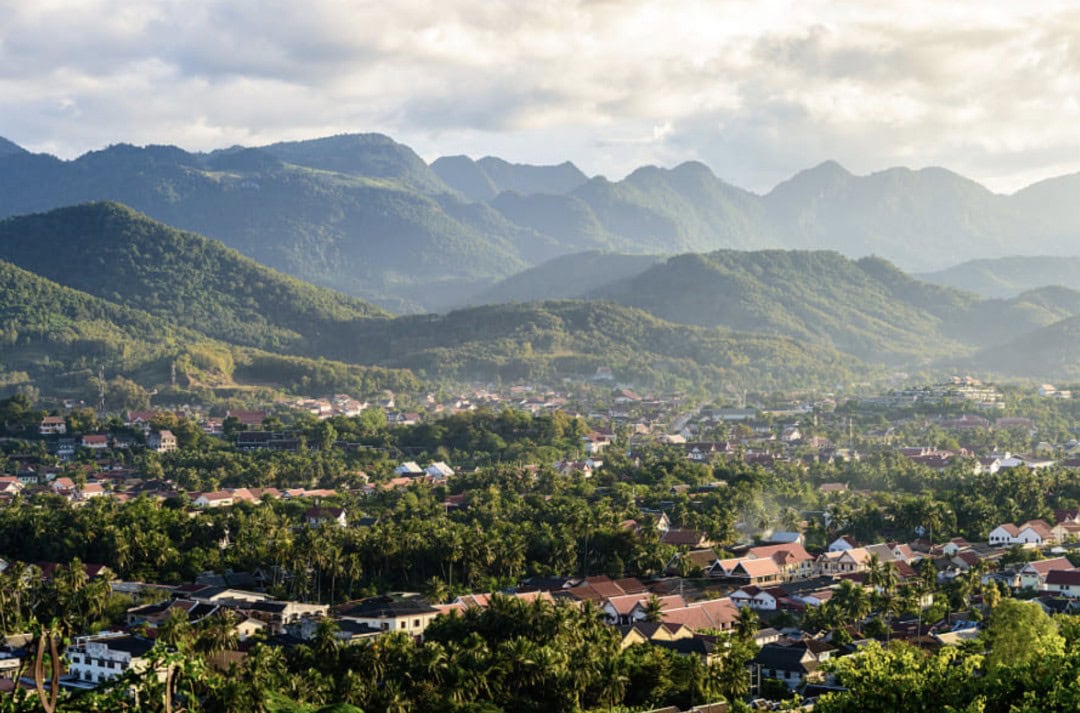
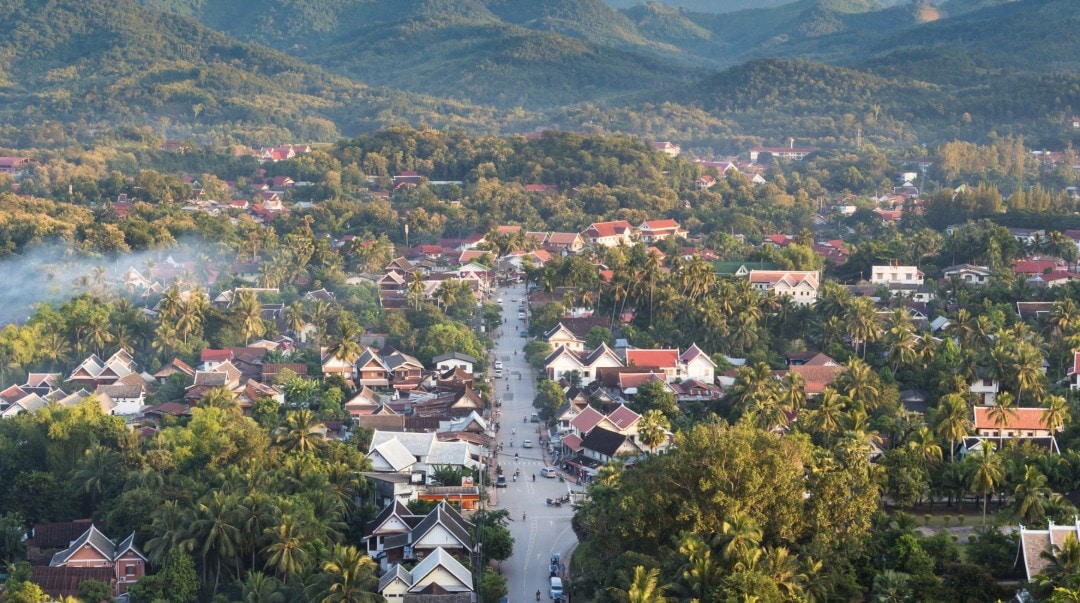
Wat Xieng Thong is the most beautiful temple in Luang Prabang and epitomizes the “Luang Prabang” style of temple architecture, encapsulating the oldest architectural style of the town’s temples.
Out of the 36 temples in Luang Prabang, Wat Xieng Thong is the only one that charges an admission fee.
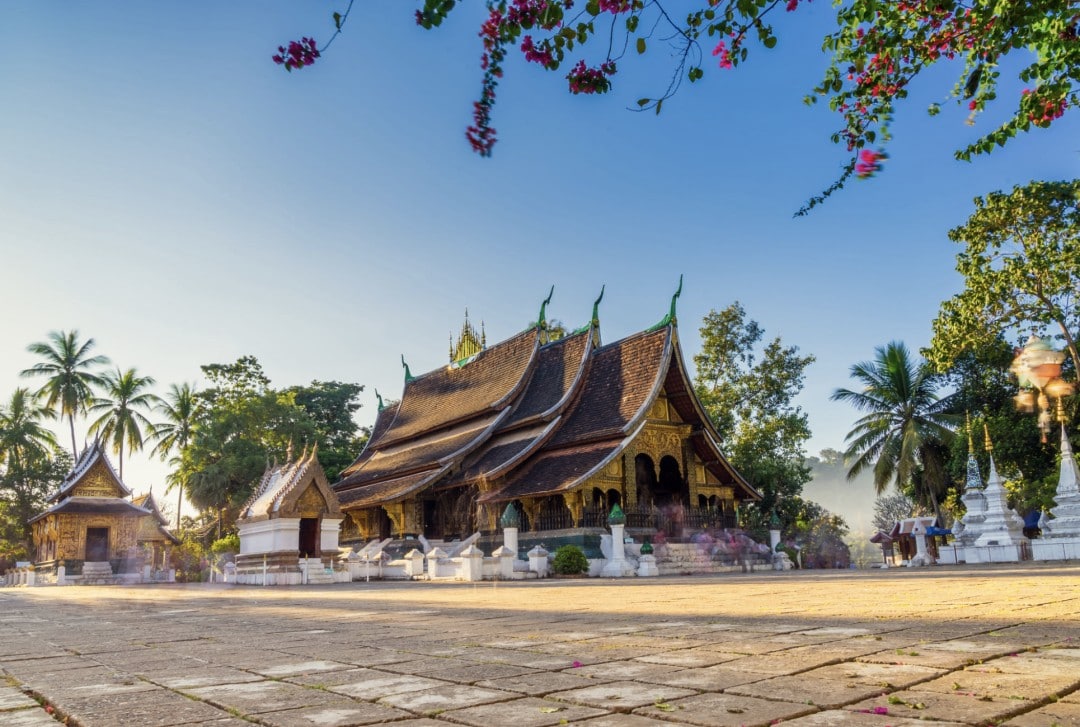
In Wat Xieng Thong, bougainvillea blooms exuberantly, adding to its charm.
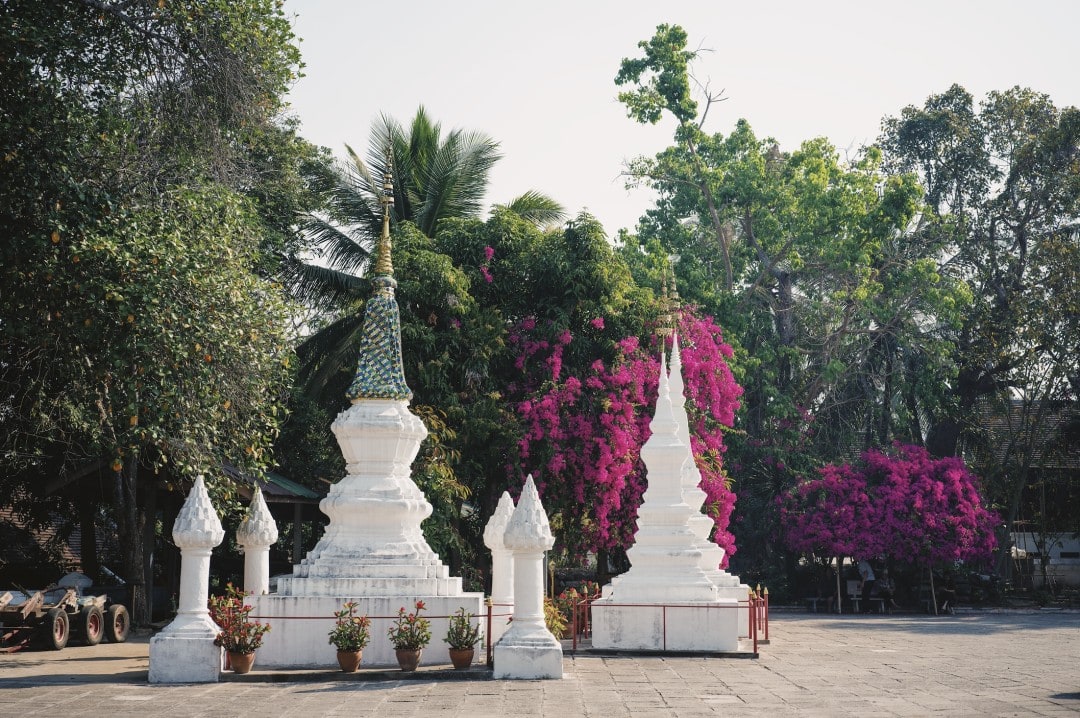
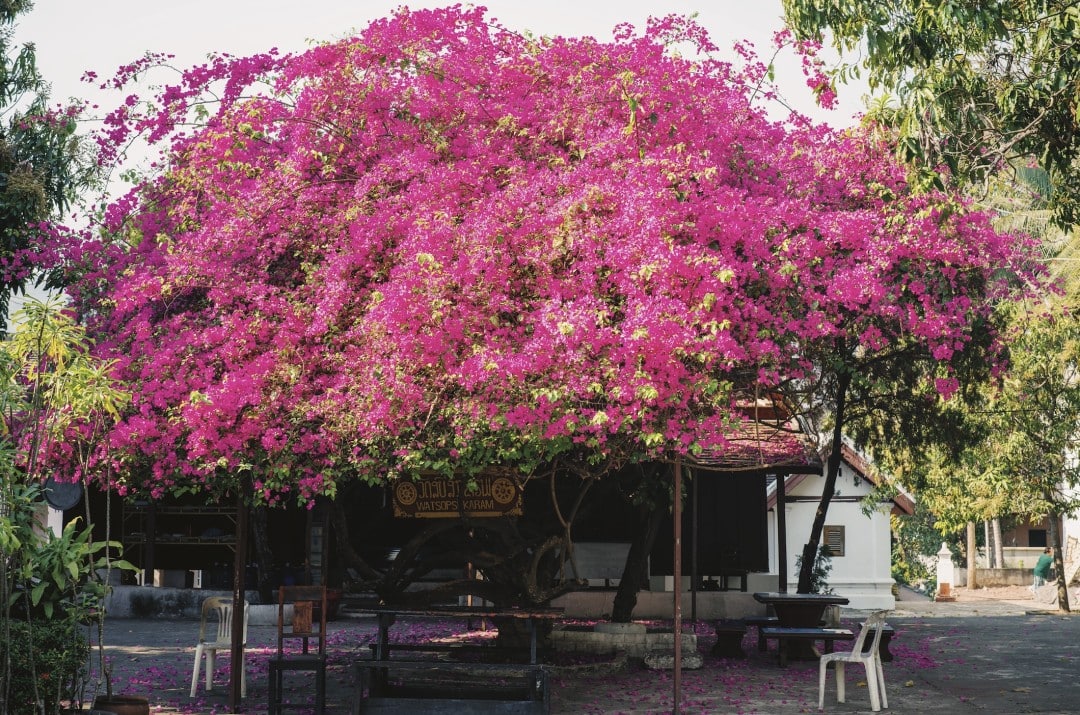
Another hidden gem in Luang Prabang is Kuang Si Waterfall, located 30 kilometers south of the town. It is a multi-tiered, expansive waterfall.
Foreigners enjoy diving here, and young women love taking selfies. The combination of the primeval forest and the ever-glowing waterfall makes for an incredibly photogenic scene.
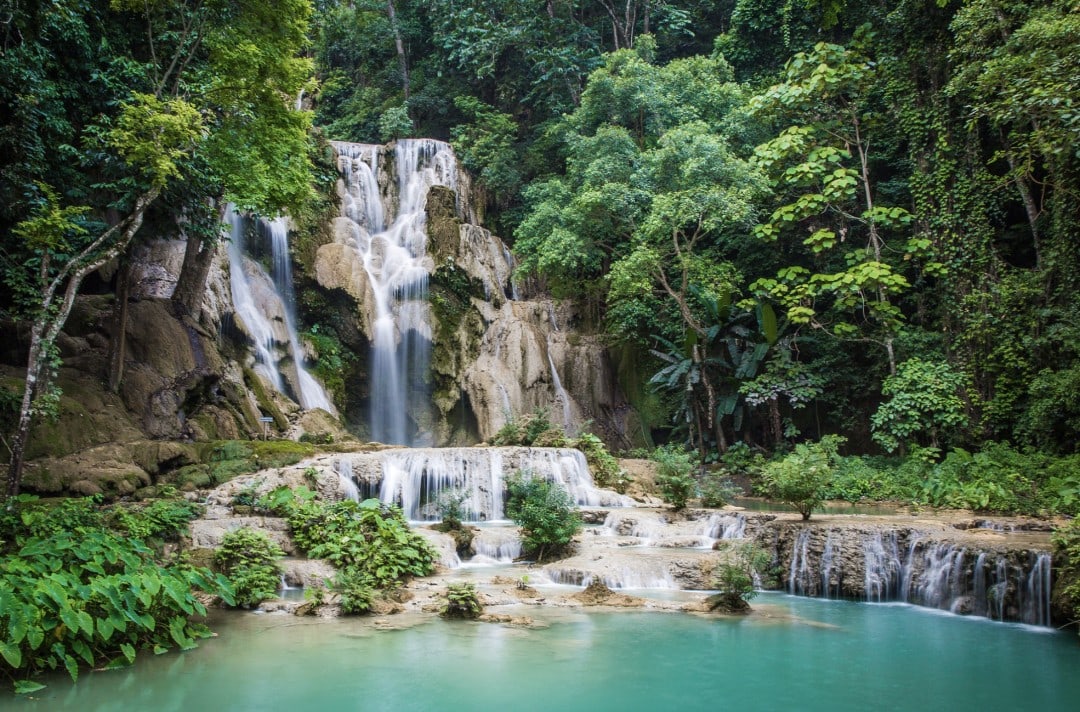
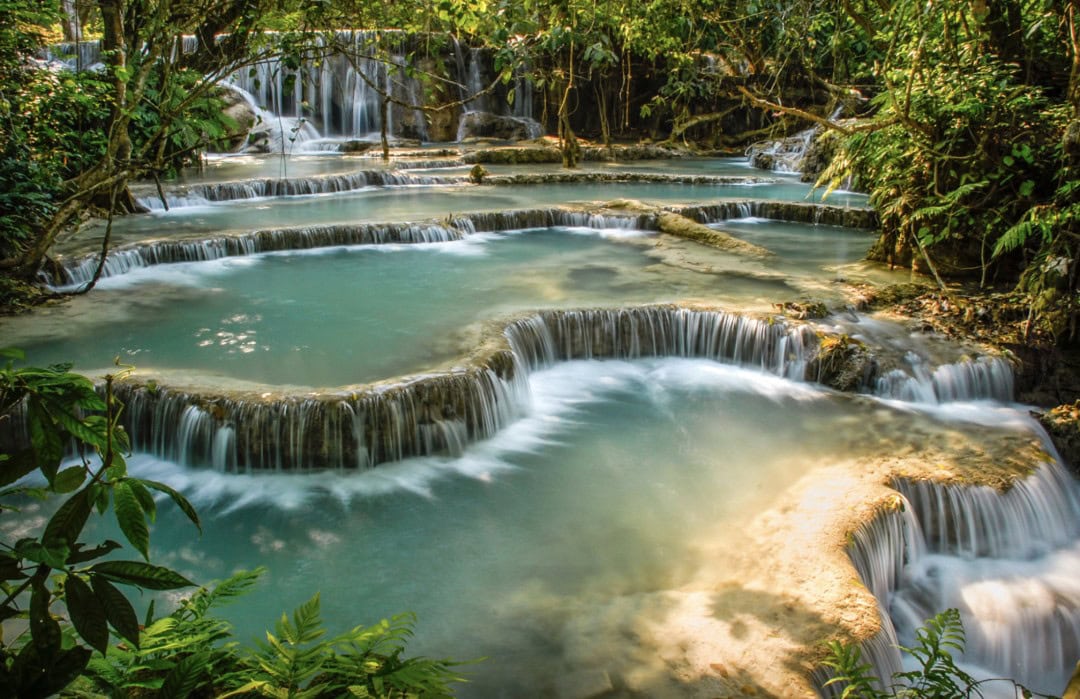
How to spend a day in Luang Prabang?
5:30 AM – Early Morning Almsgiving
In Luang Prabang, temples do not cook. All their food comes from almsgiving.
Local residents prepare sticky rice, set up long mats along the street, take off their shoes, and kneel, waiting for monks to accept the food in queues. This tradition has been ongoing for hundreds of years.
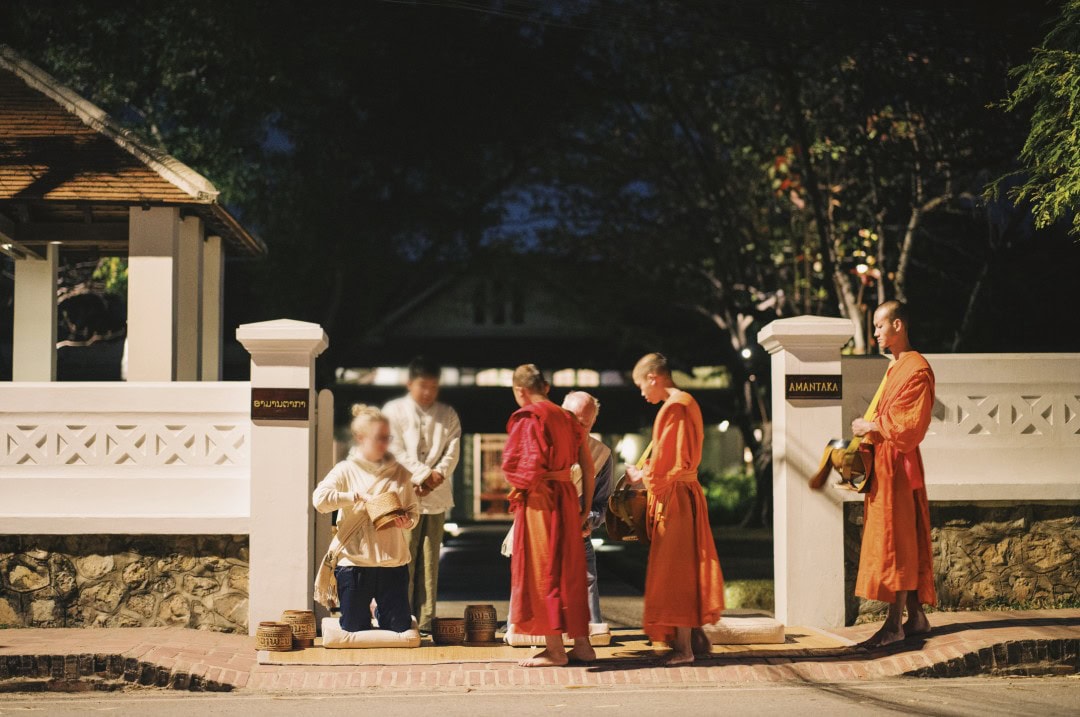
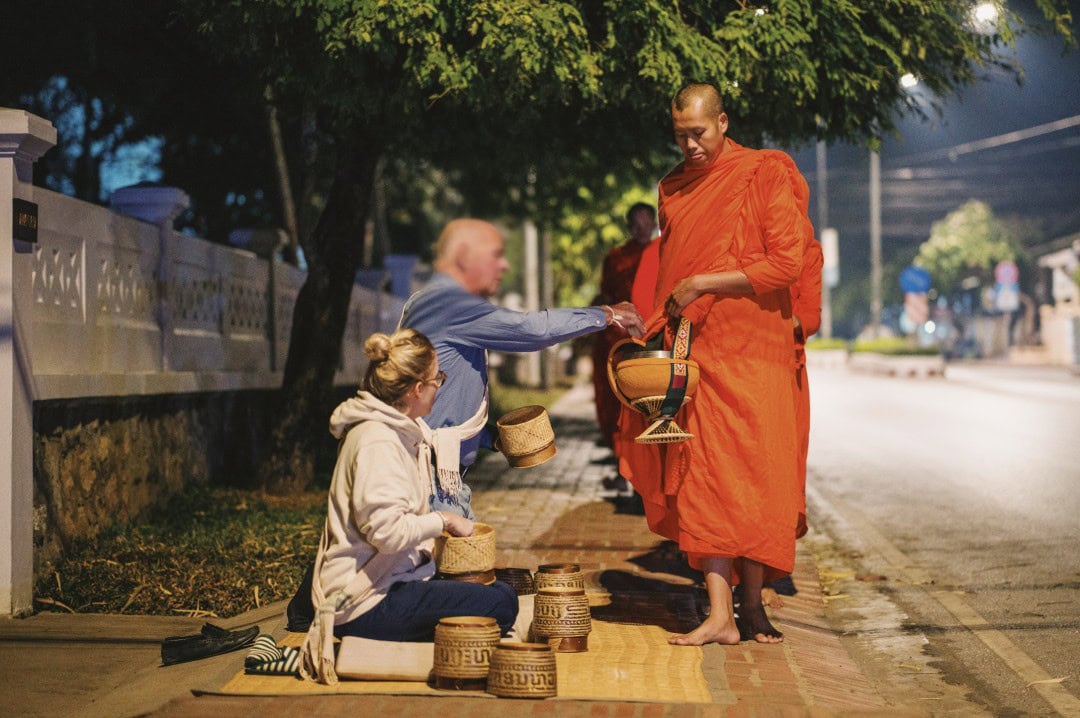
Early morning almsgiving is mainly concentrated at the intersection of Foreigner Street in Luang Prabang.
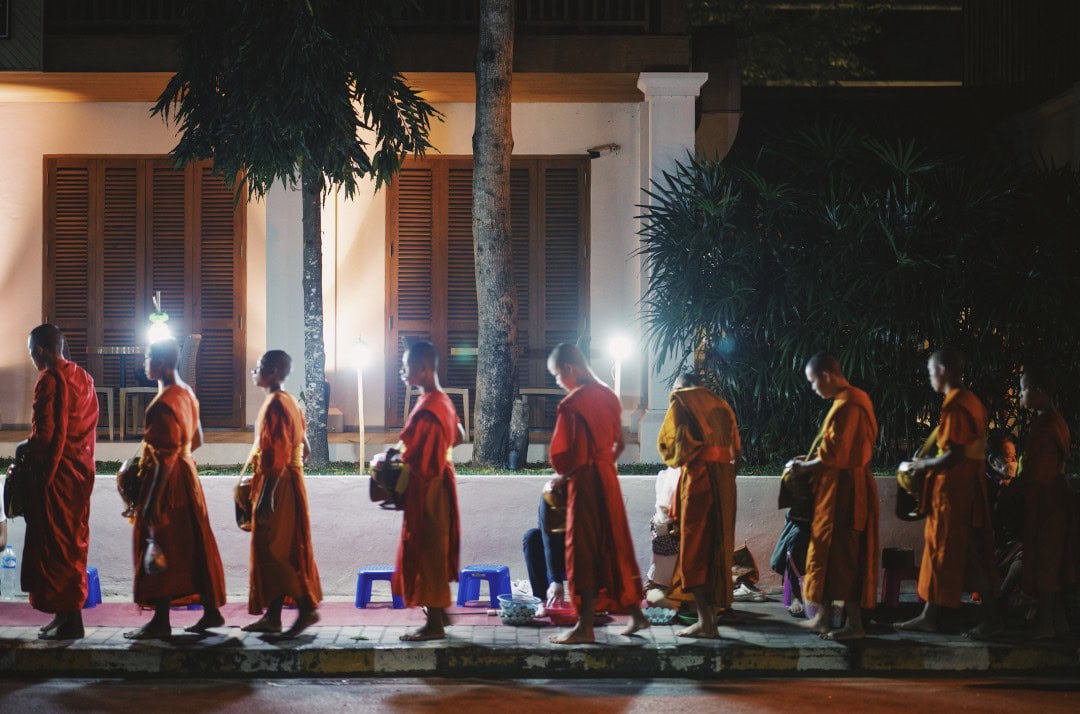
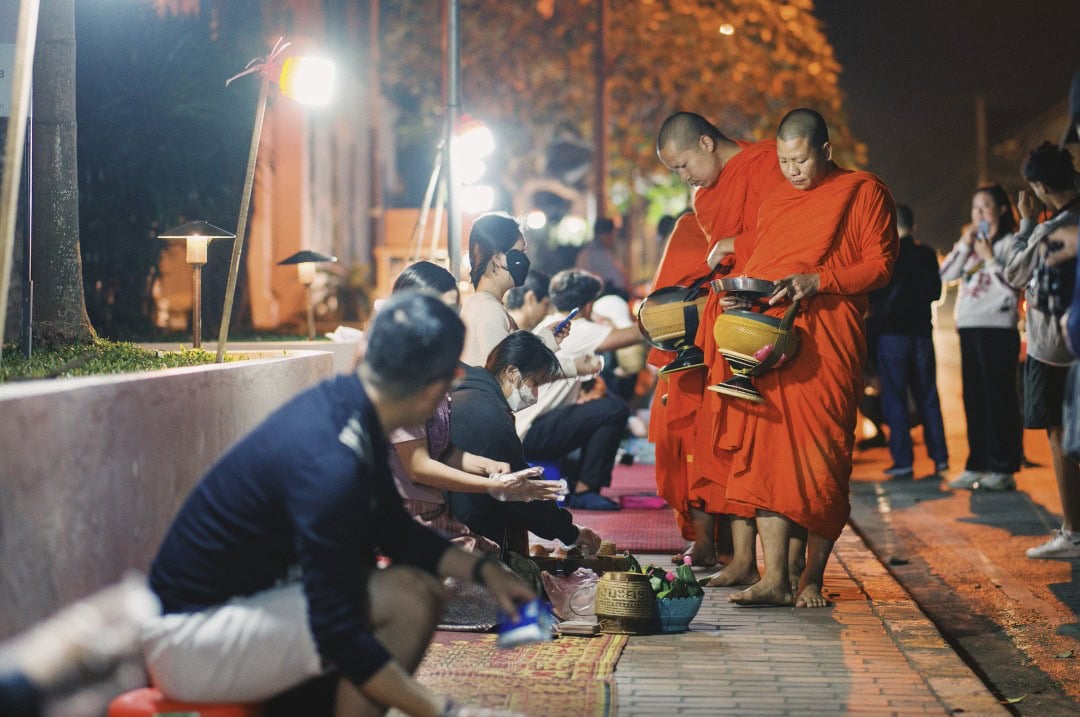
6:00 AM – Luang Prabang Morning Market
Before dawn, the morning market begins. It’s suggested to visit the market after witnessing the almsgiving. The morning market brings out the liveliness of Luang Prabang.
If your hotel does not provide breakfast, the morning market can satisfy your stomach.
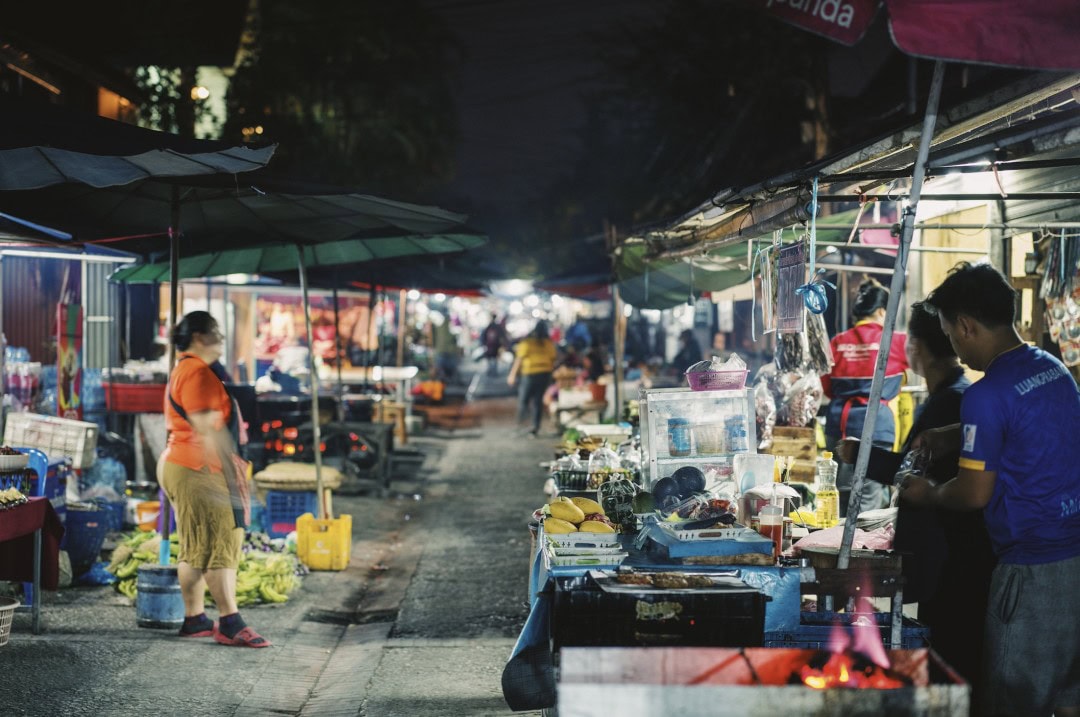
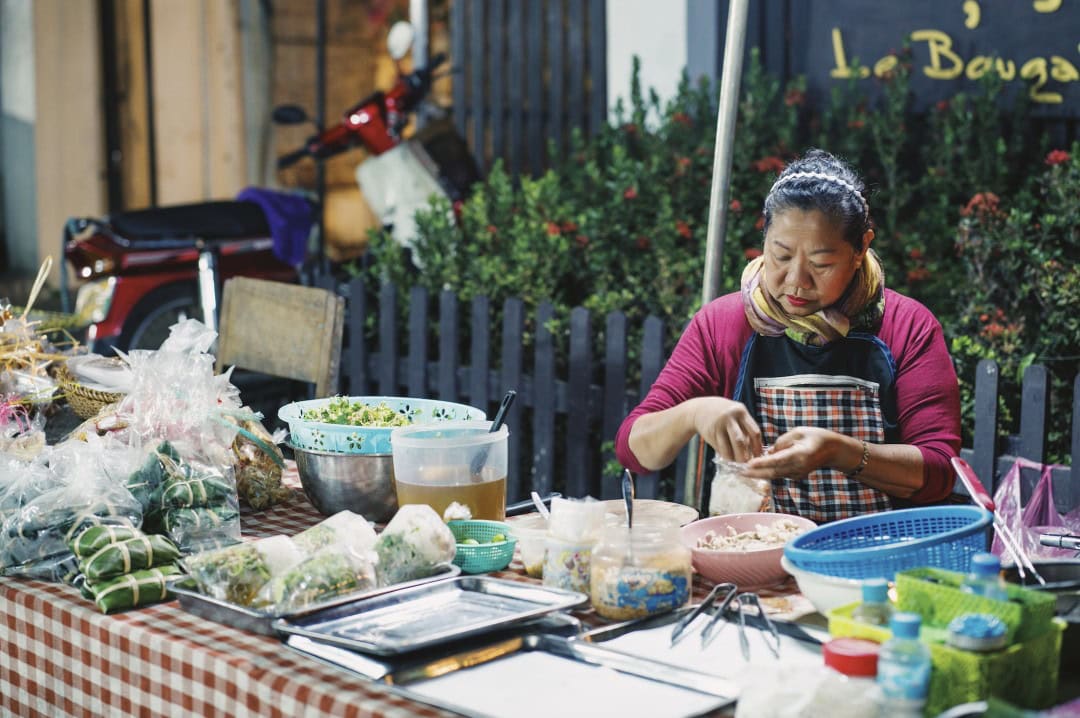
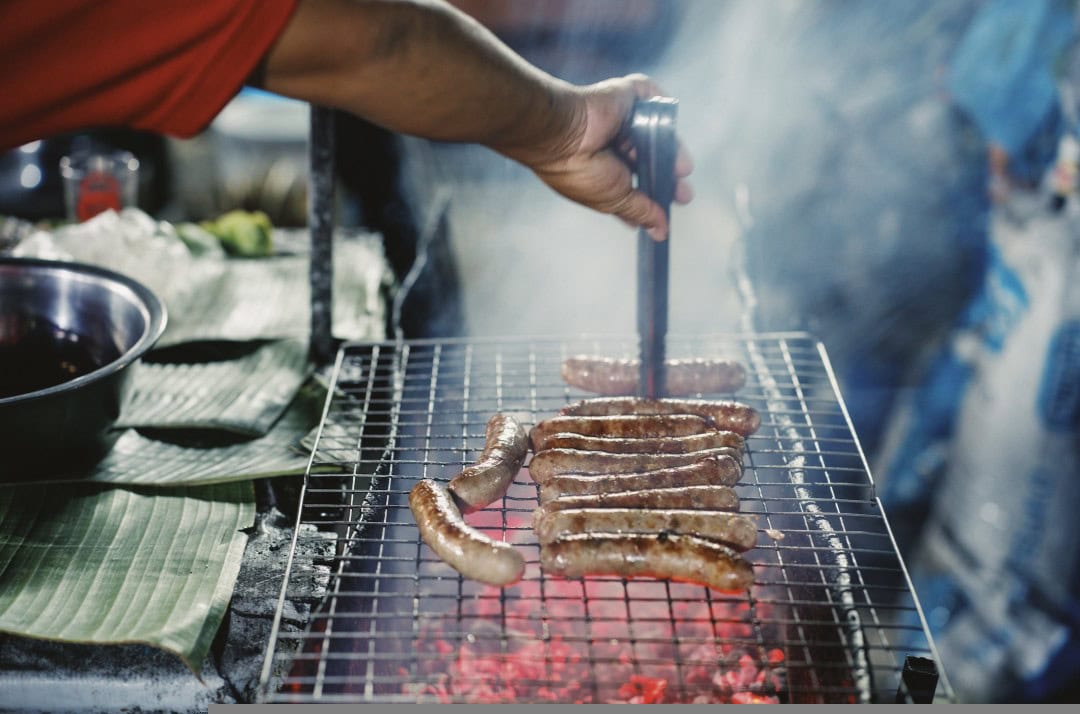
8:00 AM – A Cup of Luang Prabang Iced Coffee
Luang Prabang is very tranquil, with streets lined with unique coffee shops. Ordering a cup of local Lao coffee embodies the slow life in Luang Prabang.
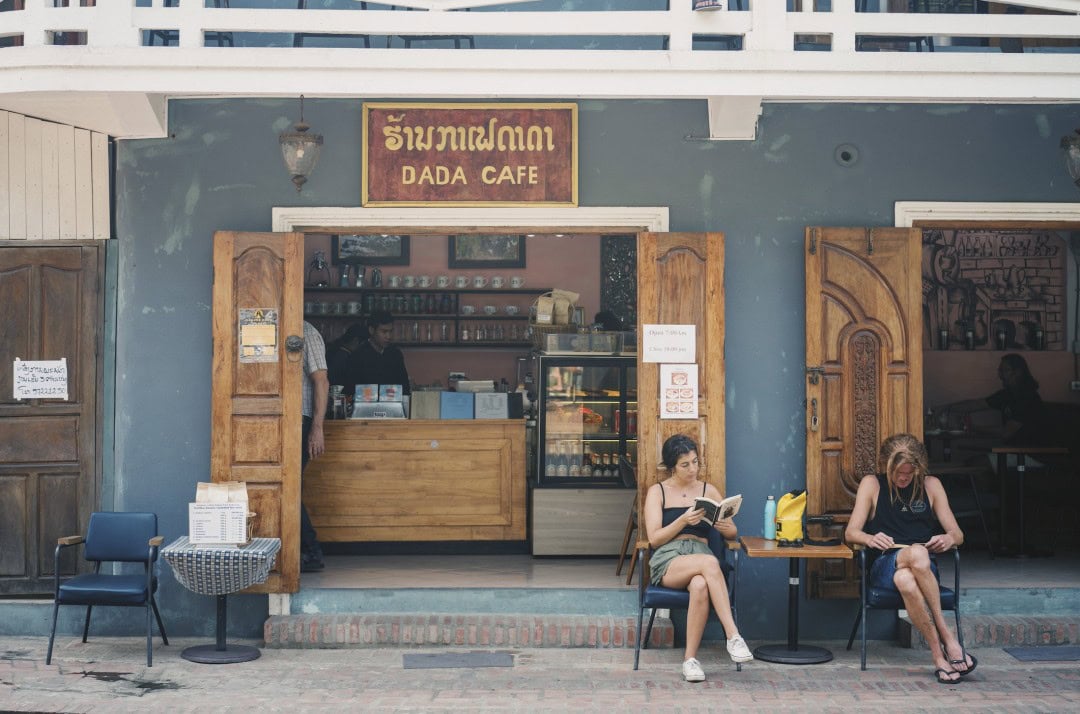
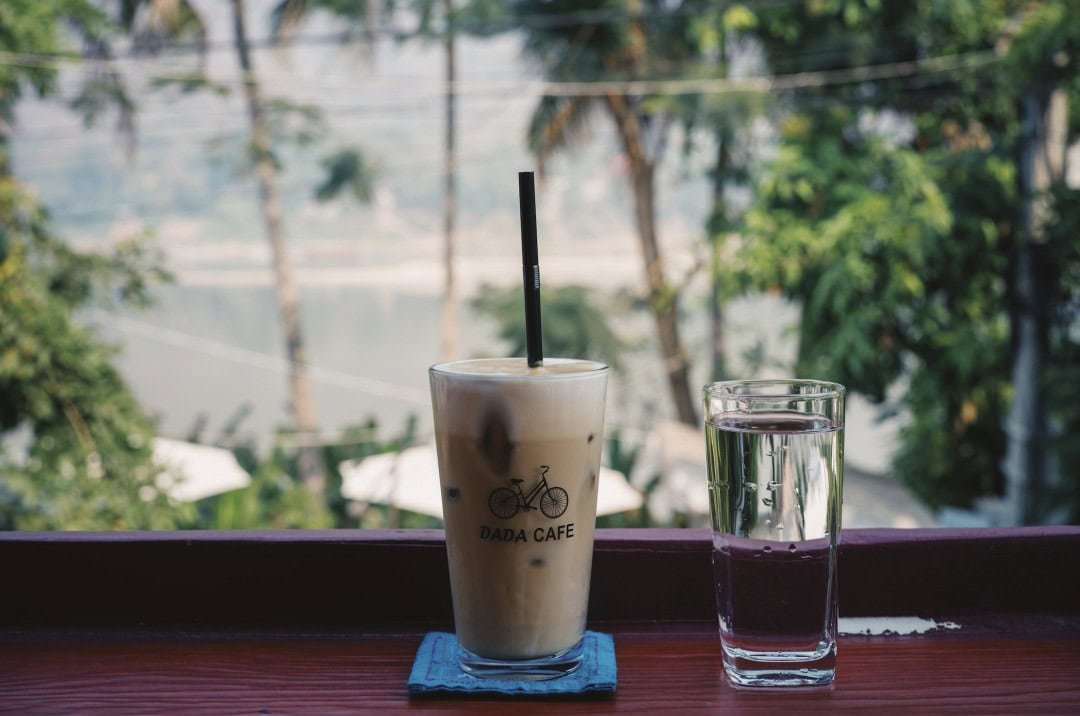
During the Day – Tutu Car or Bicycle Tour
Luang Prabang covers an area of less than 10 square kilometers. Besides Kuang Si Waterfall, other attractions are very concentrated and can be seen in half a day. Touring by car might feel too rushed, and walking might become too tiring, so riding a tutu car or a bicycle is most appropriate.
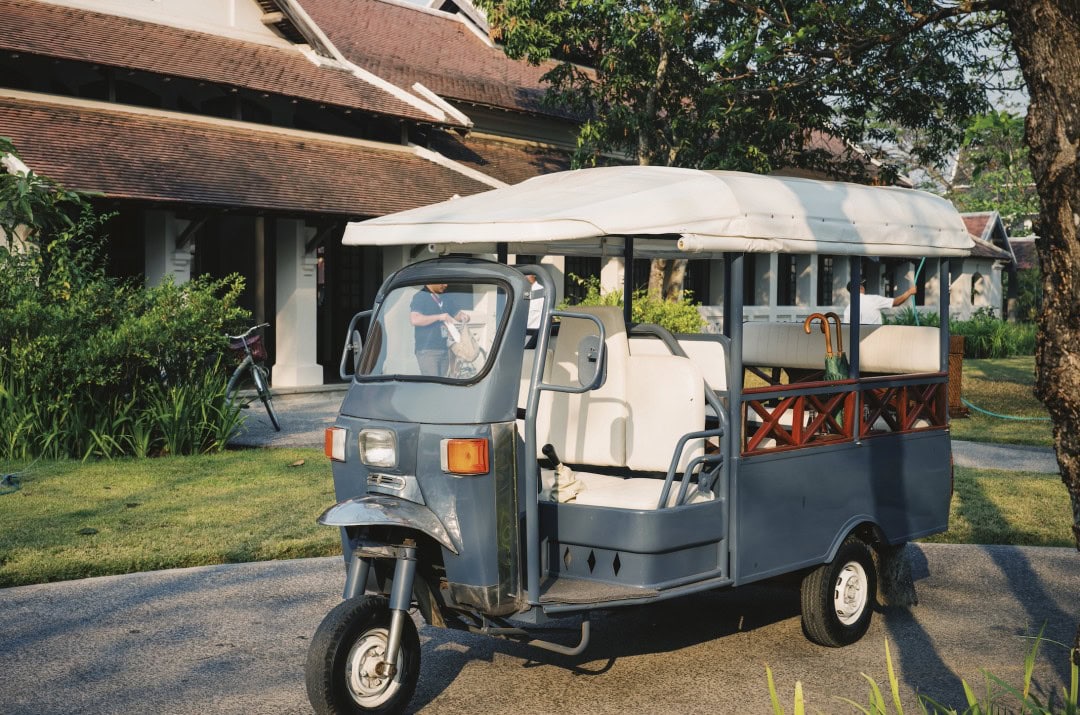
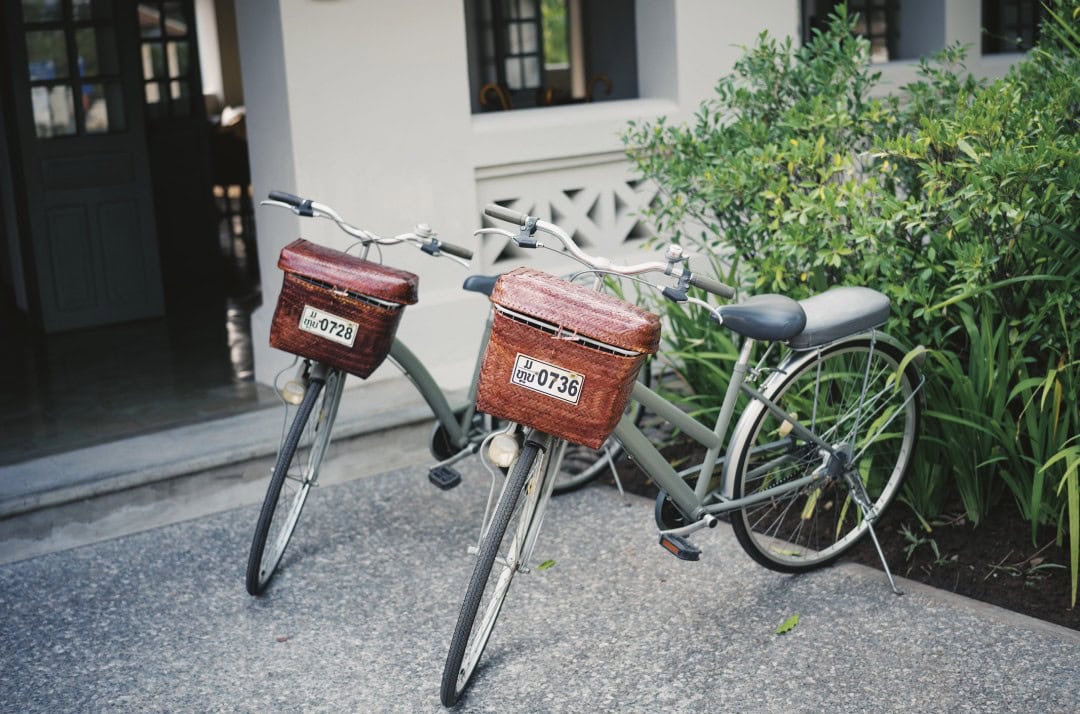
Evening – Sunset on the Mekong River
At sunset, the Mekong River is painted red by the setting sun, creating an incredibly charming scene.
To watch the sunset, you can go to Mount Phousi, which offers a great view. You can also watch the sunset by the Mekong River, where there are long boats available. The boatman will position the boat across the river, and you can lie back on a deck chair and quietly watch the sun dip into the water.
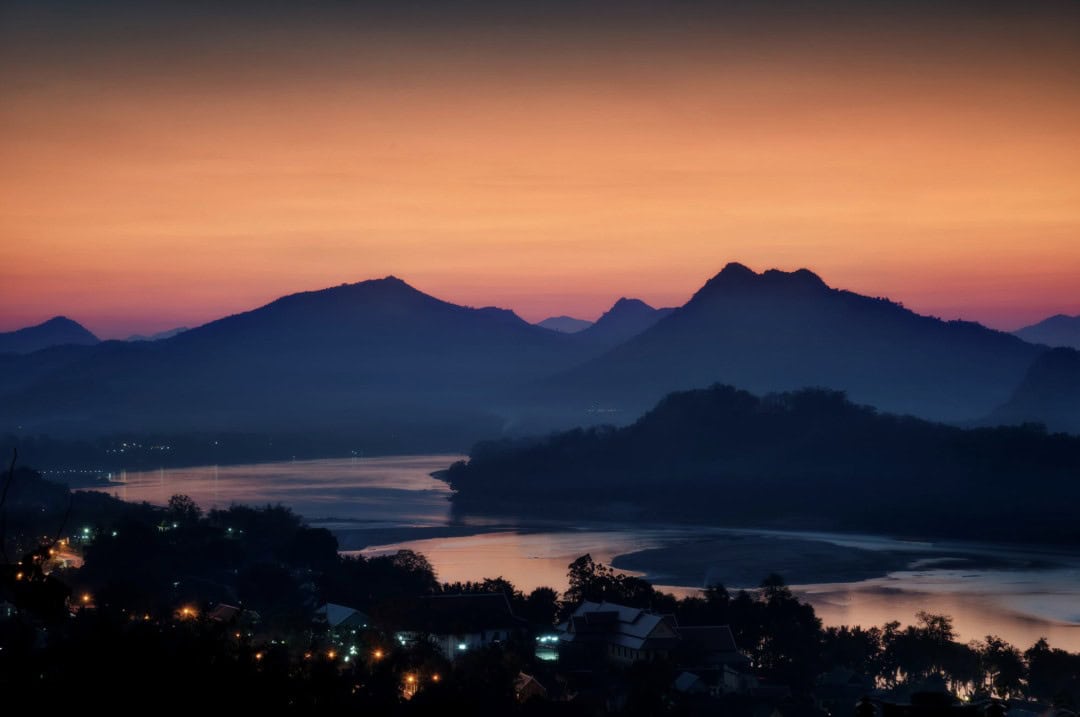
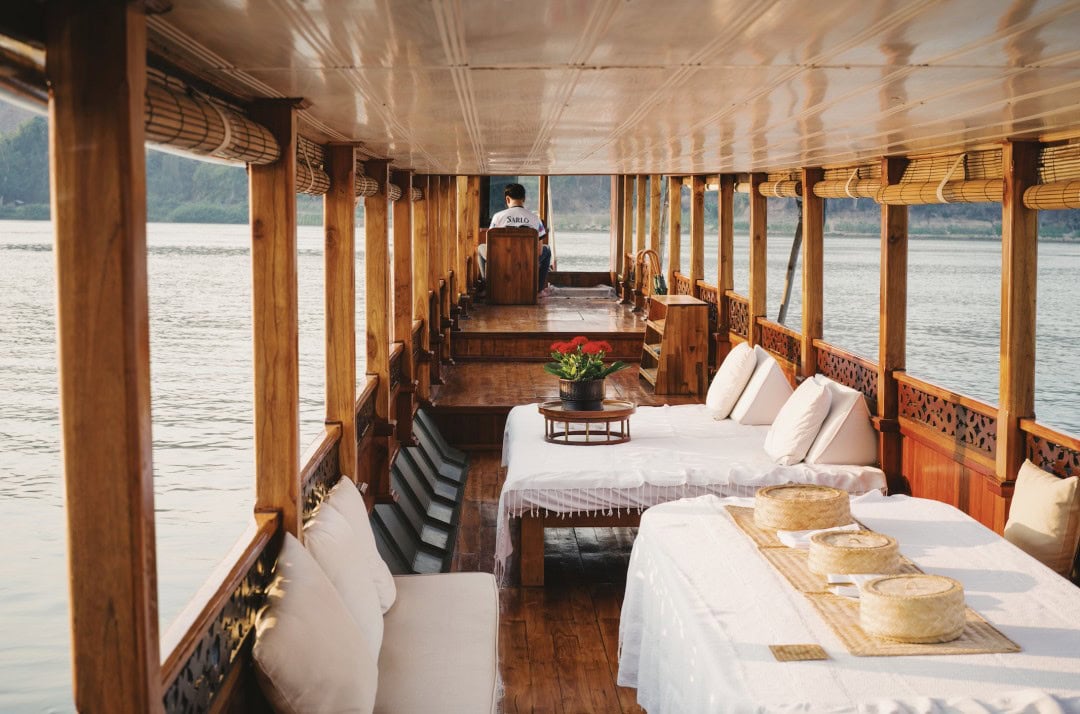
In the evening, stroll through the Luang Prabang Night Market.
The Luang Prabang Night Market is quite a place to explore. If you want to shop, the stores here offer a wide variety, and you won’t find repeated items. For food, the night market has a vast food court, offering unique and affordable choices.
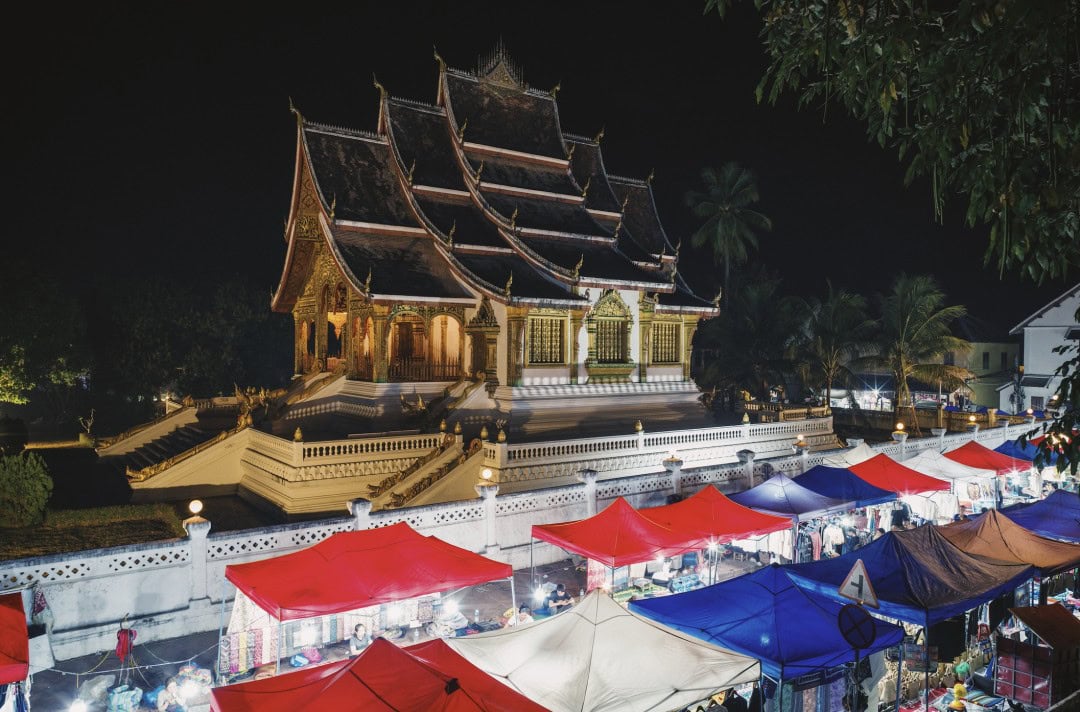
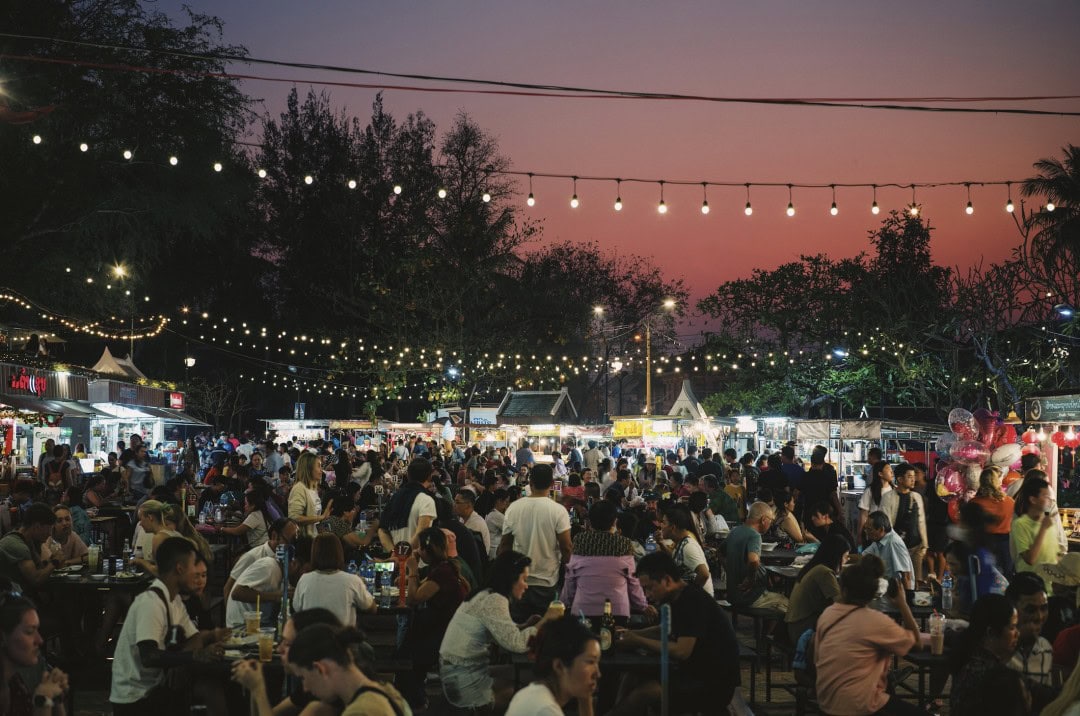
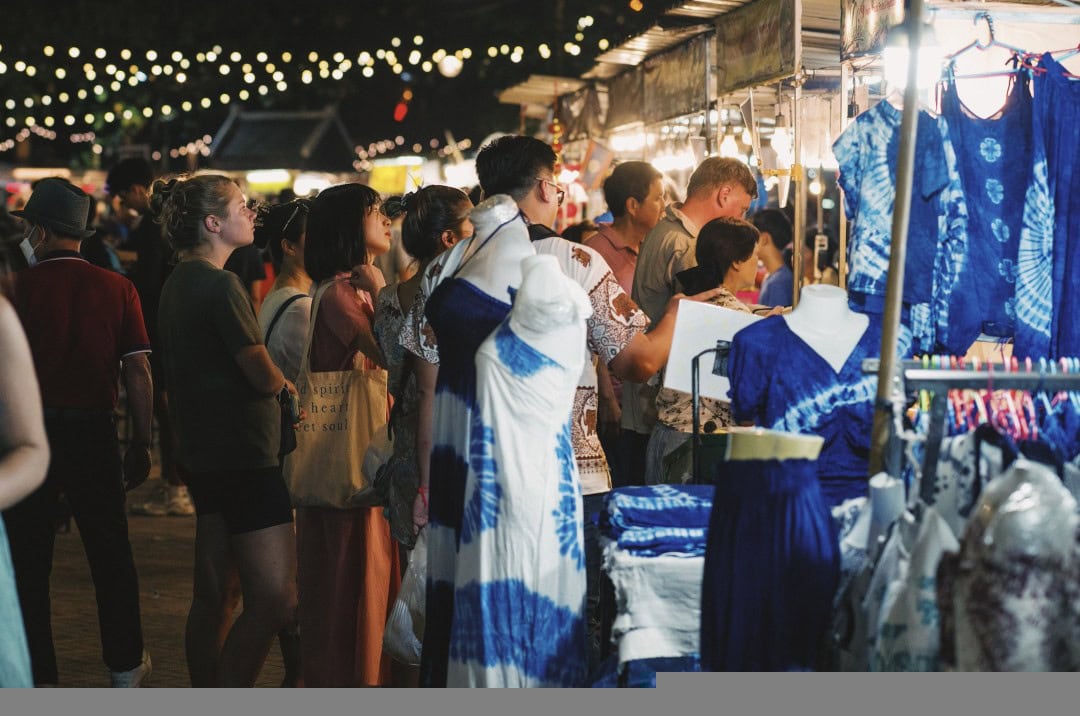
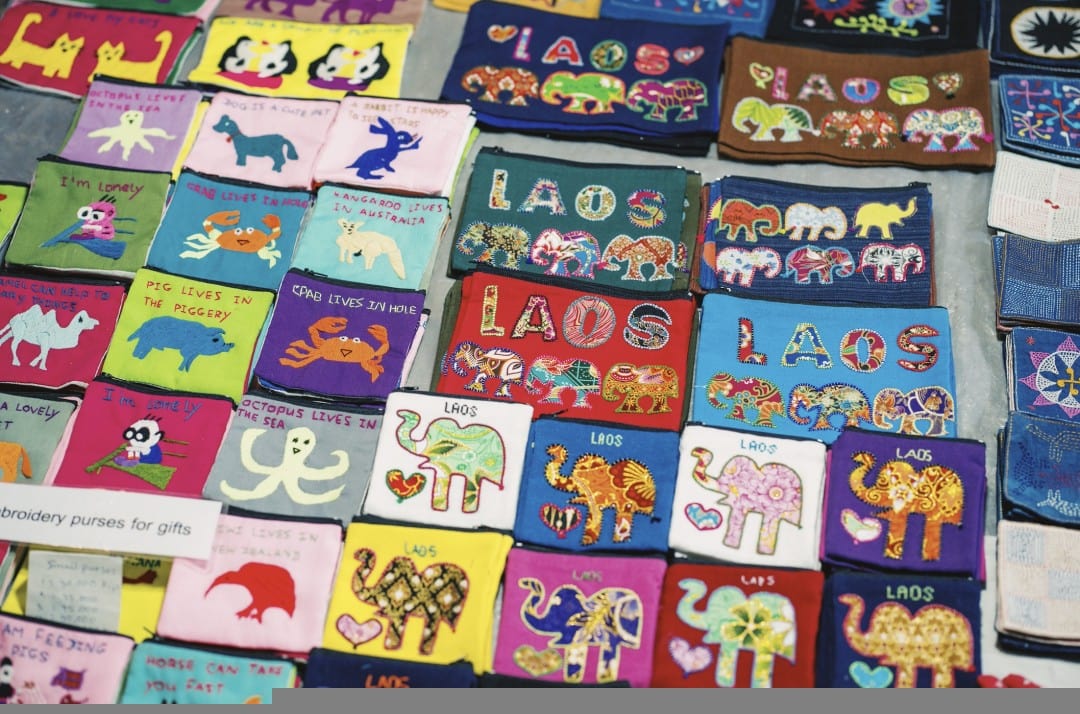
This makes for a rather full day.
If you prefer a more relaxed way to enjoy Luang Prabang, I recommend finding a café or restaurant along the Mekong River and spending a leisurely day there.
This is a city of slow living, and you should take your time to enjoy life here.
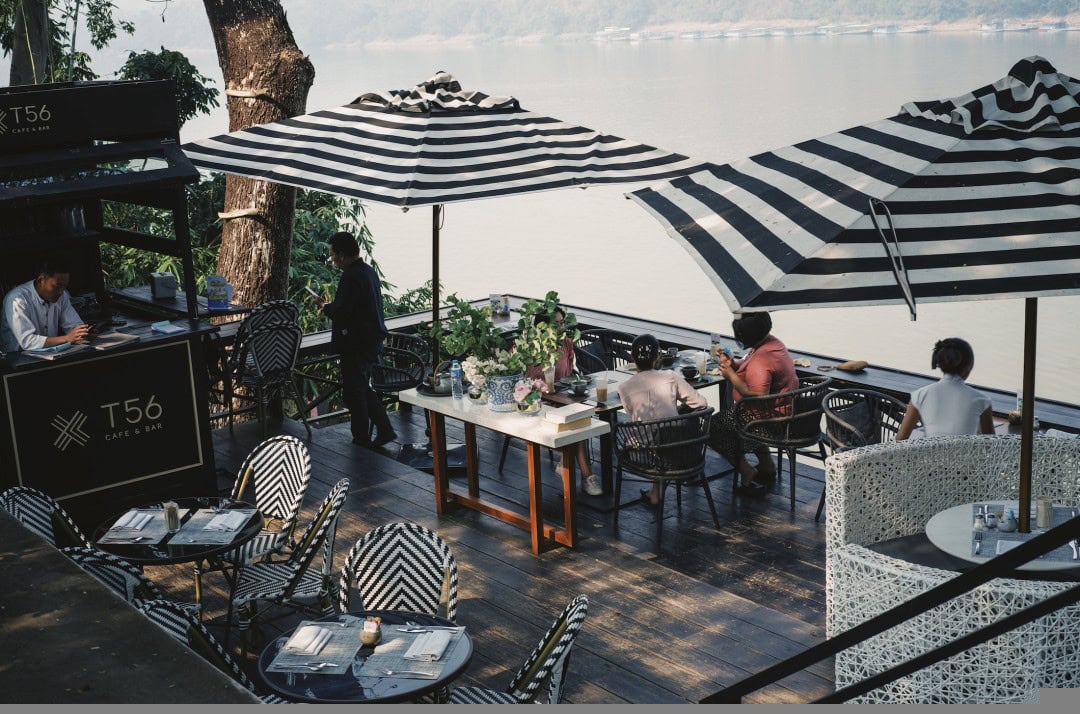
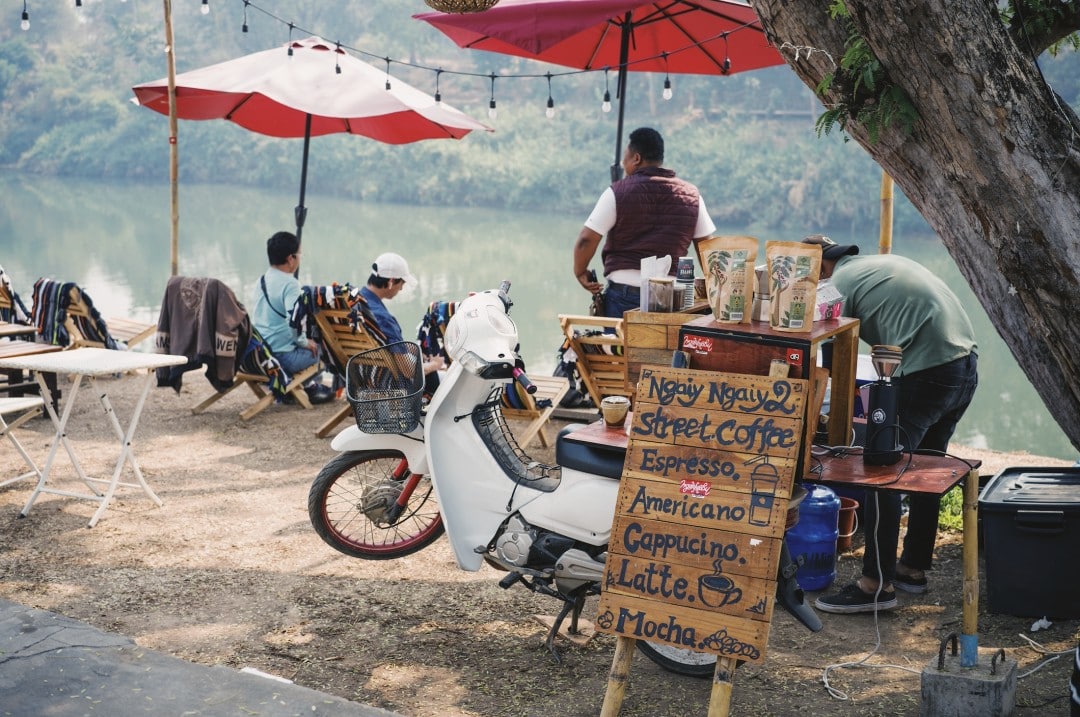
When you feel tired, just wander around the shops. There are many interesting stores in the old town, and none of them repeat each other.
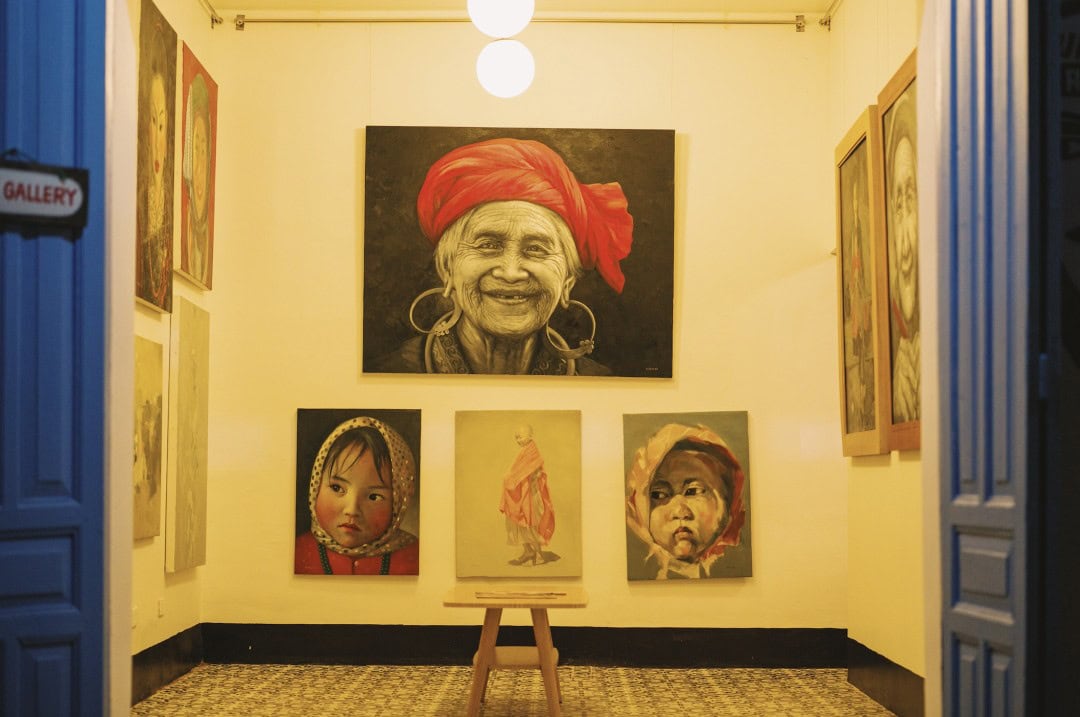
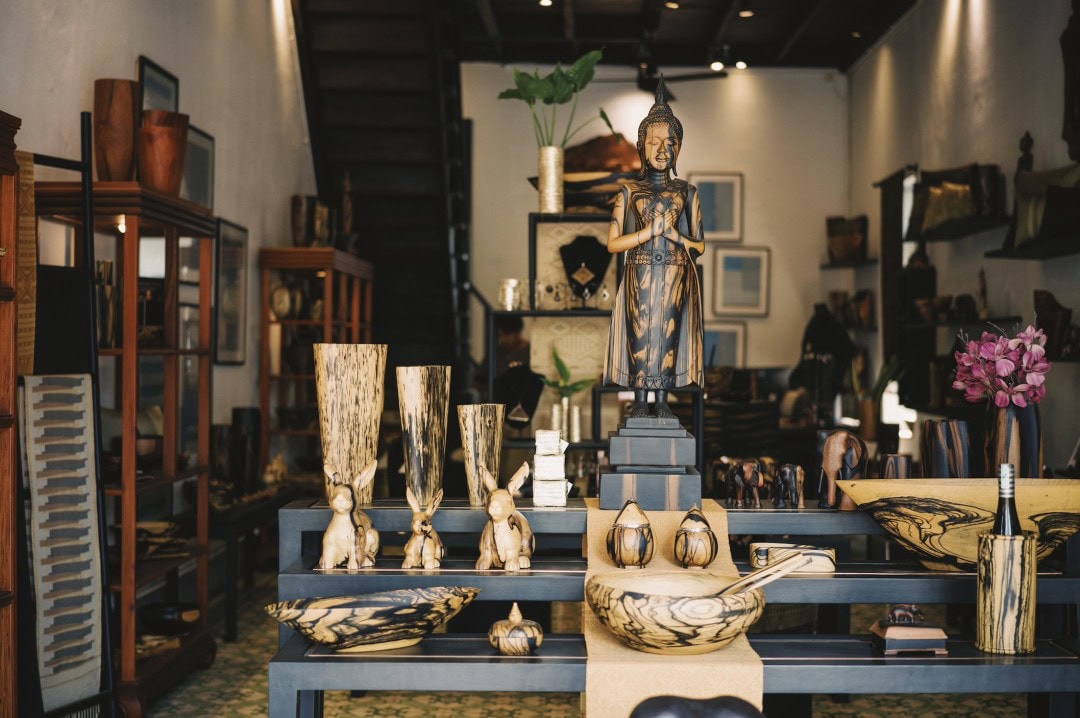
Where to stay in Luang Prabang?
Luang Prabang has no shortage of good hotels. If you like colonial style, Amantaka and Sofitel might suit you well.
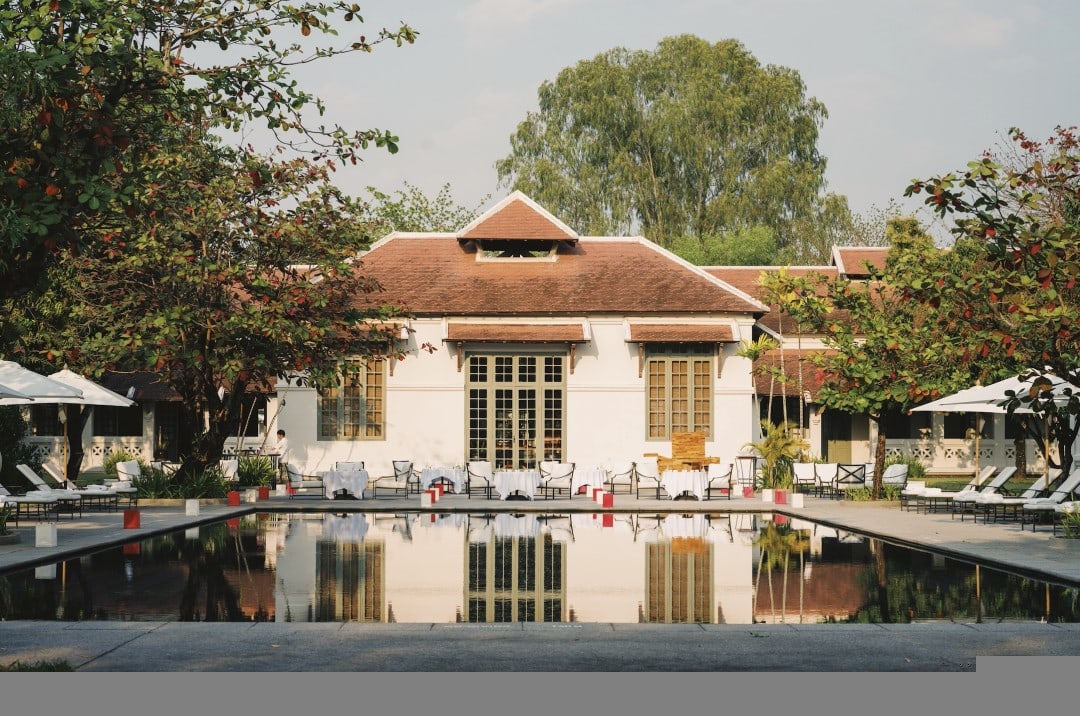
Satri House was once a prince’s residence. It doesn’t feel like a hotel but more like a private home. The traces of time it retains are irreplaceable.
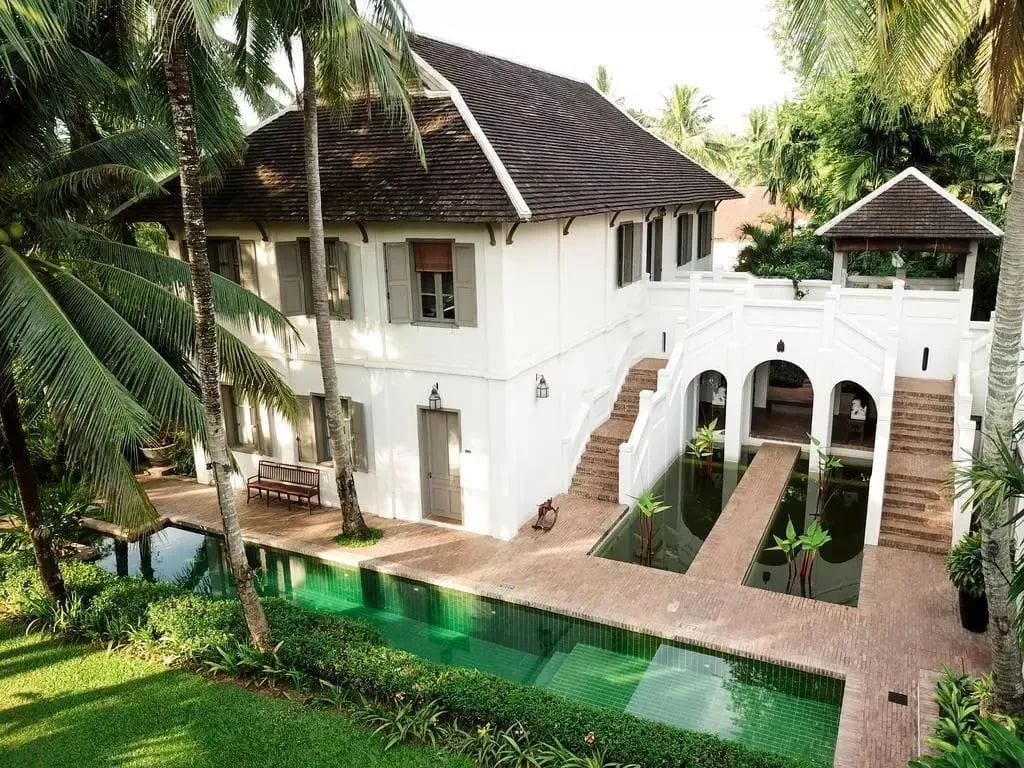
The 3 Nagas by MGallery is also a century-old building and a world cultural heritage site, located in the core area of Foreigner Street.
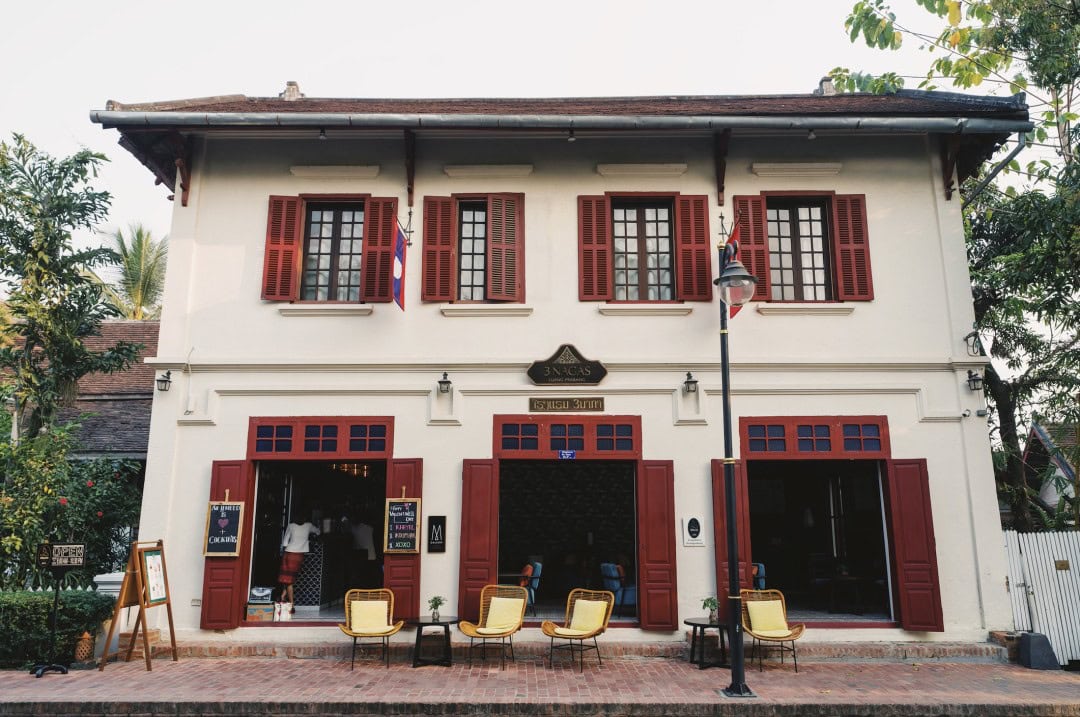
Avani+ was originally a secluded residence bought by Aman founder Adrian Zecha, later converted into a hotel. For a third of the price, you can stay in a place comparable to Amantaka.
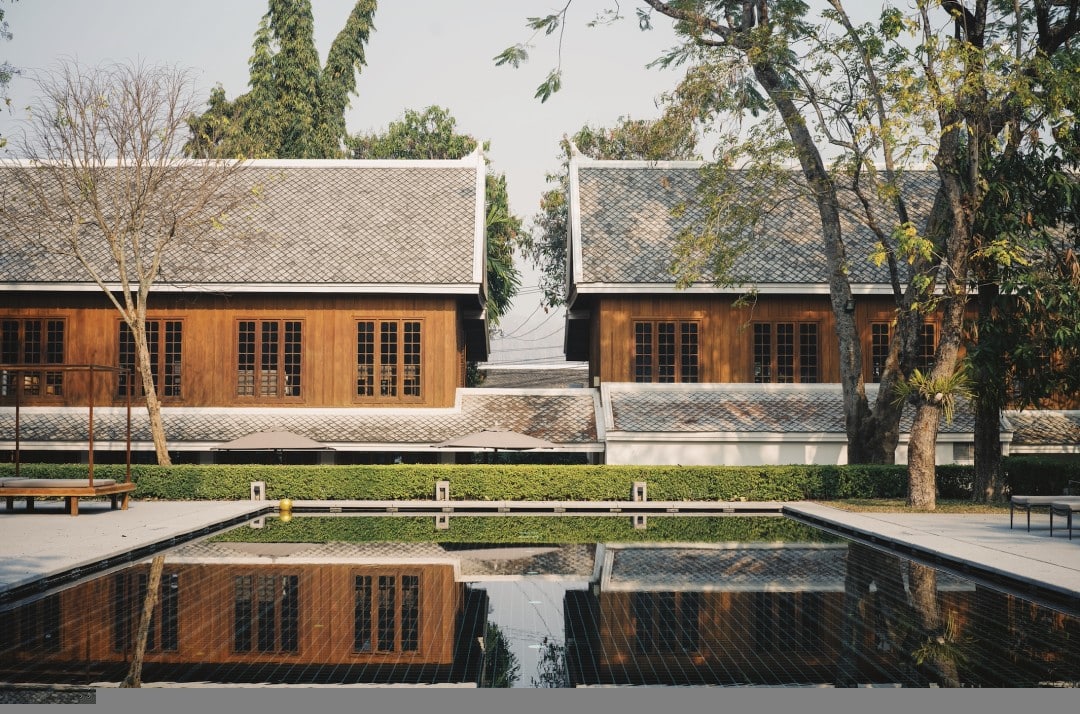
All the aforementioned hotels are near the old town of Luang Prabang. If you prefer a resort stay, Rosewood Luang Prabang is perfect for you. Rosewood also offers tents, which are much more economical than Four Seasons Golden Triangle.
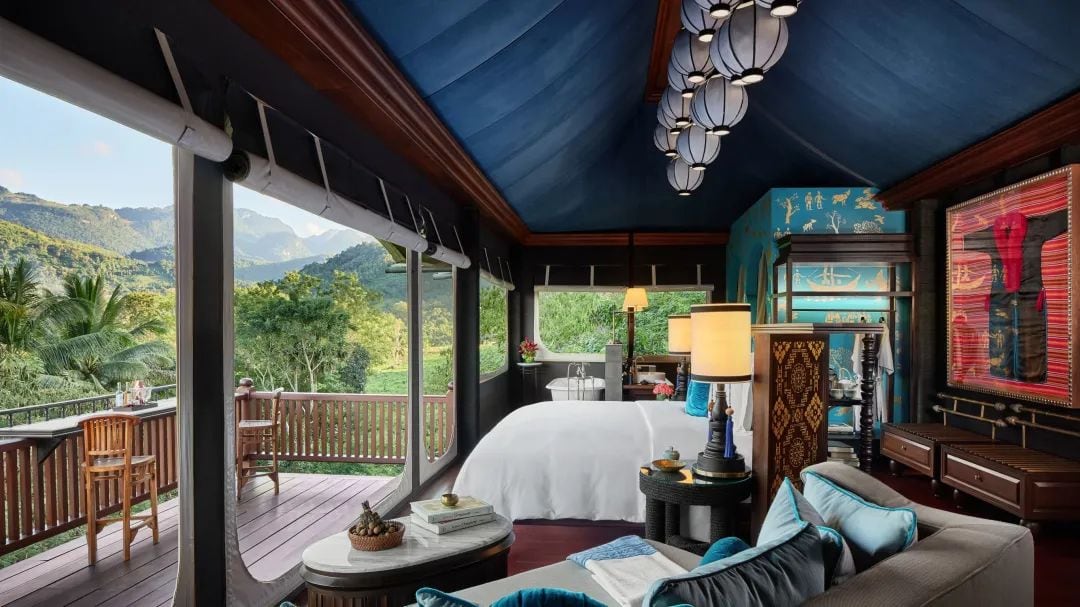
Accommodation in Luang Prabang varies widely in price, from a few hundred to several thousand, so you will surely find something suitable.
Currently, hotel prices are rising across Southeast Asia, but Luang Prabang hotels still offer good value for money overall.
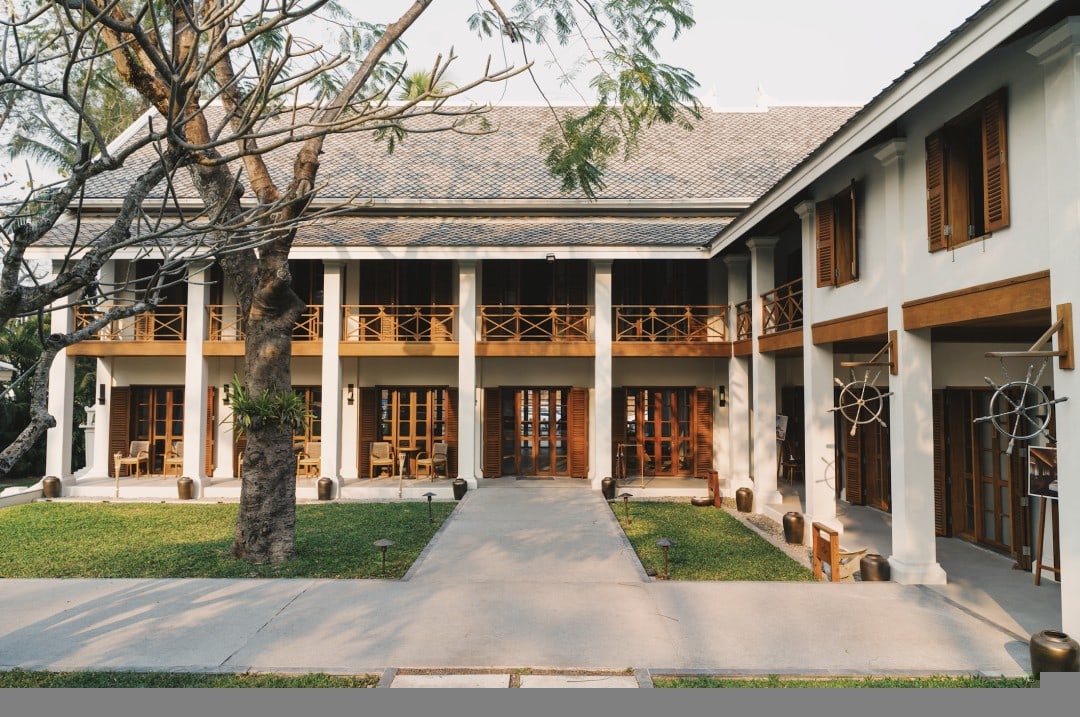
What to eat in Luang Prabang?
Amantaka
Spending 8000 per night to stay at Amantaka may feel indulgent, but spending a few hundred per person to enjoy a meal there, and to appreciate the beauty of the hotel, is certainly worth it.
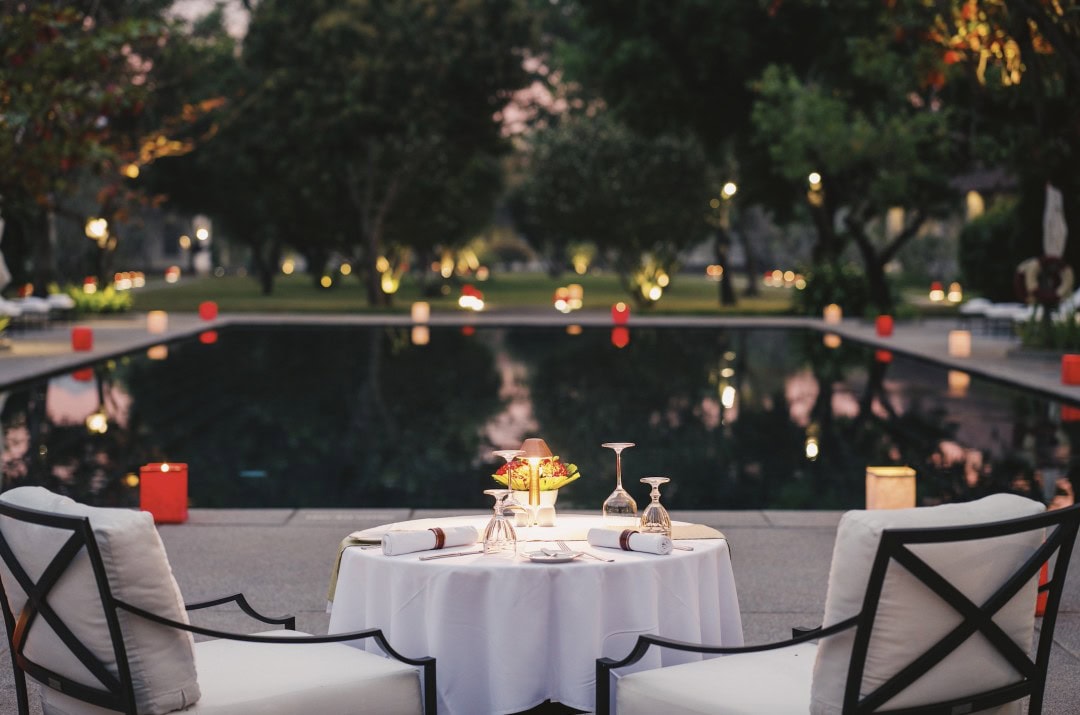
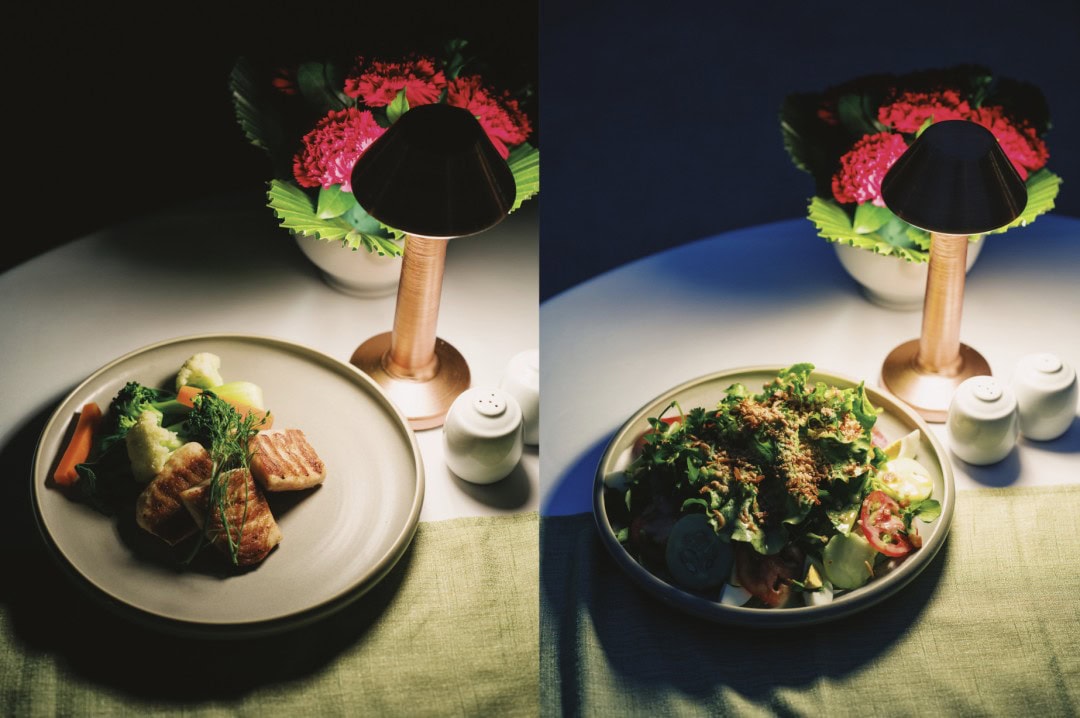
Manda de Laos
This is a popular restaurant in Luang Prabang with its own small pond, boasting exceptional aesthetics.
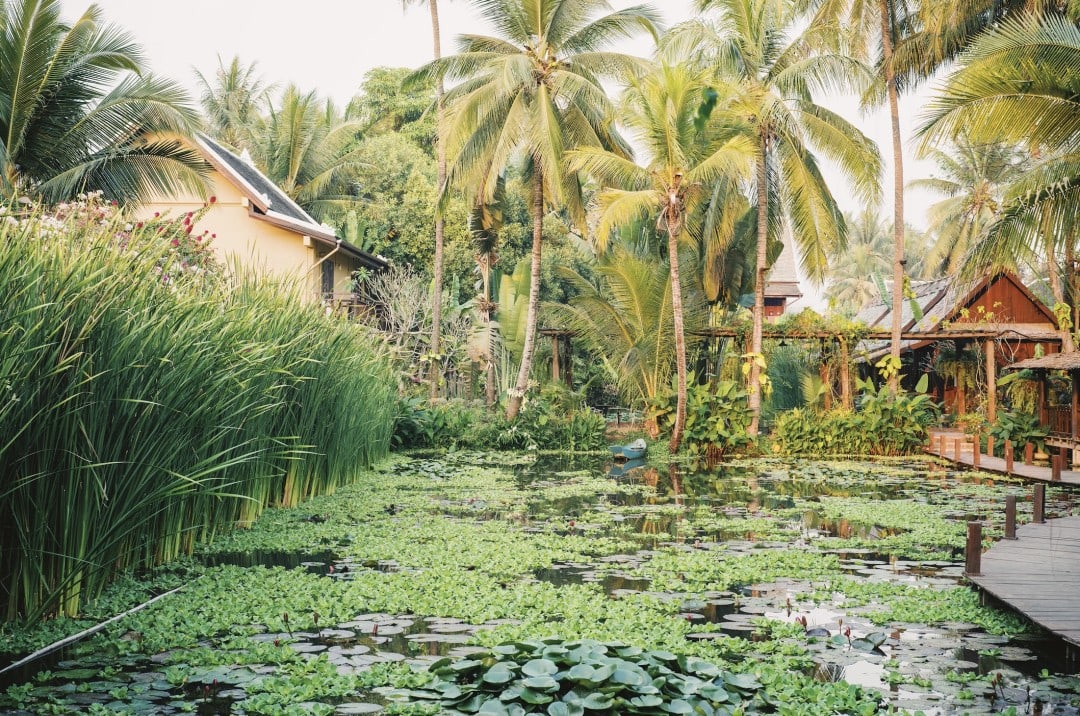
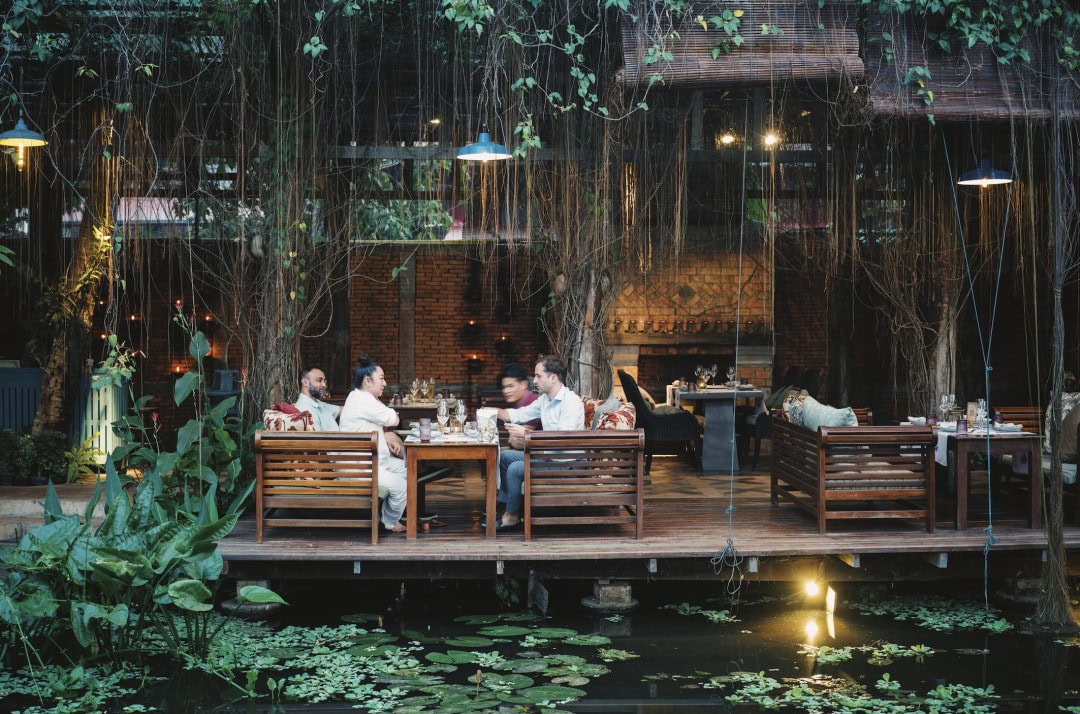
Here, you can enjoy authentic Laotian cuisine.
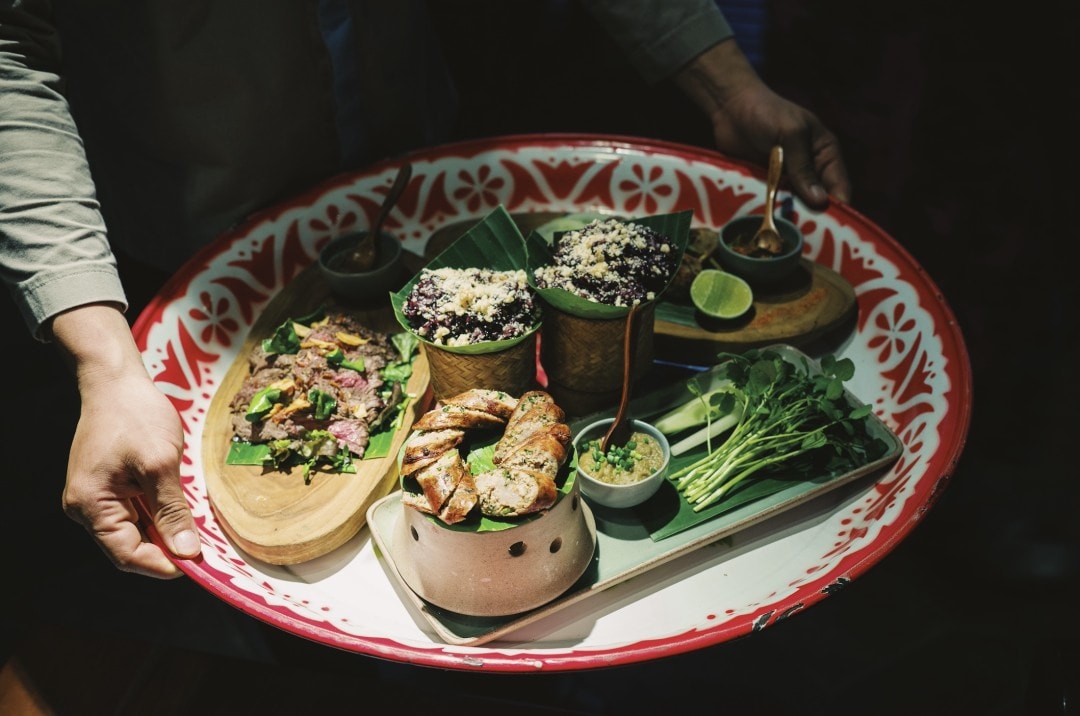
Dining on the boat
There are many boats on the Mekong River, some of which offer sunset dinner services. You can sit on a boat, enjoy the sunset, and savor delicious food. Although the dining experience may not be top-notch, the atmosphere is certainly exceptional.
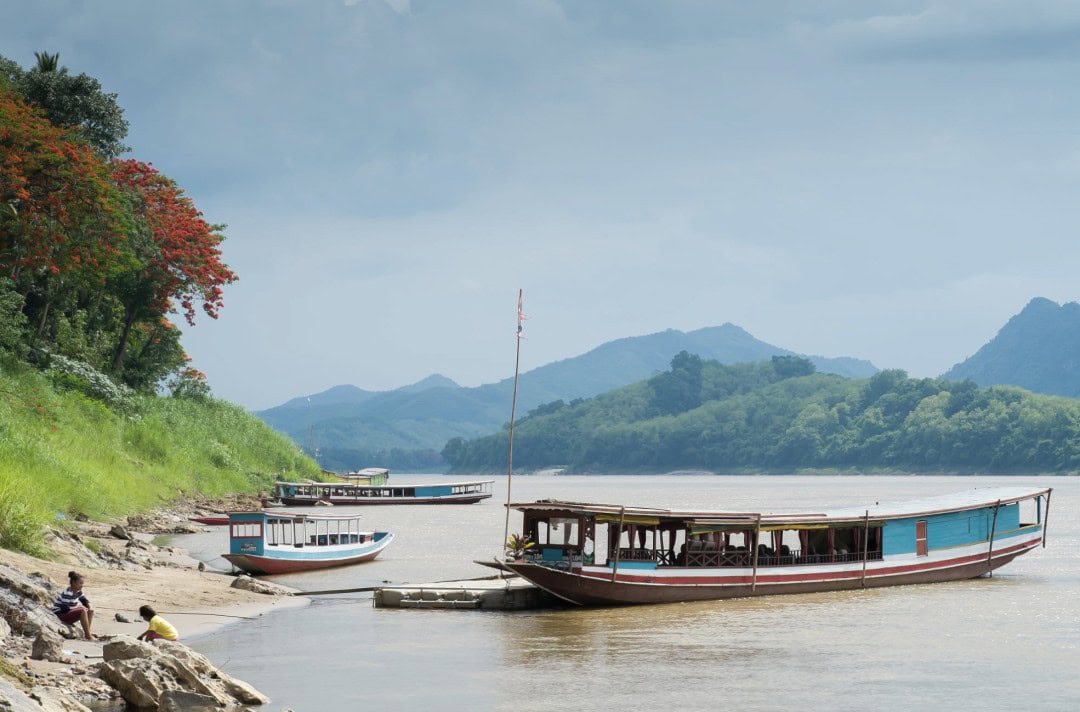
Some travel tips for Luang Prabang:
Laos offers visa-on-arrival for Chinese citizens, but you can also apply for a visa in advance.
Luang Prabang is a destination that can be reached by train from China, with inexpensive and stable train ticket prices.
Laos is a Buddhist country with very few incidents of fraud or violence, and the public security is excellent. There is no such thing as organ theft.
May to October is the rainy season in Luang Prabang, while November to April of the following year is the dry season. It is recommended to visit during the dry season as the weather is pleasant every day. Besides Xishuangbanna and Bangkok, Luang Prabang also hosts a water-splashing festival in April, which is more cost-effective.
Exchange your money locally; not necessarily for better exchange rates, but the feeling of instantly becoming a millionaire after exchanging your money is quite exhilarating.
Don’t over-schedule yourself. Luang Prabang is perfect for doing nothing – just relax, relax, and relax.
Luang Prabang caters to all budgets. There are accommodations like the luxurious Amantaka for 8,000 yuan a night, but there are also decent hotels available for under 300 yuan a night.
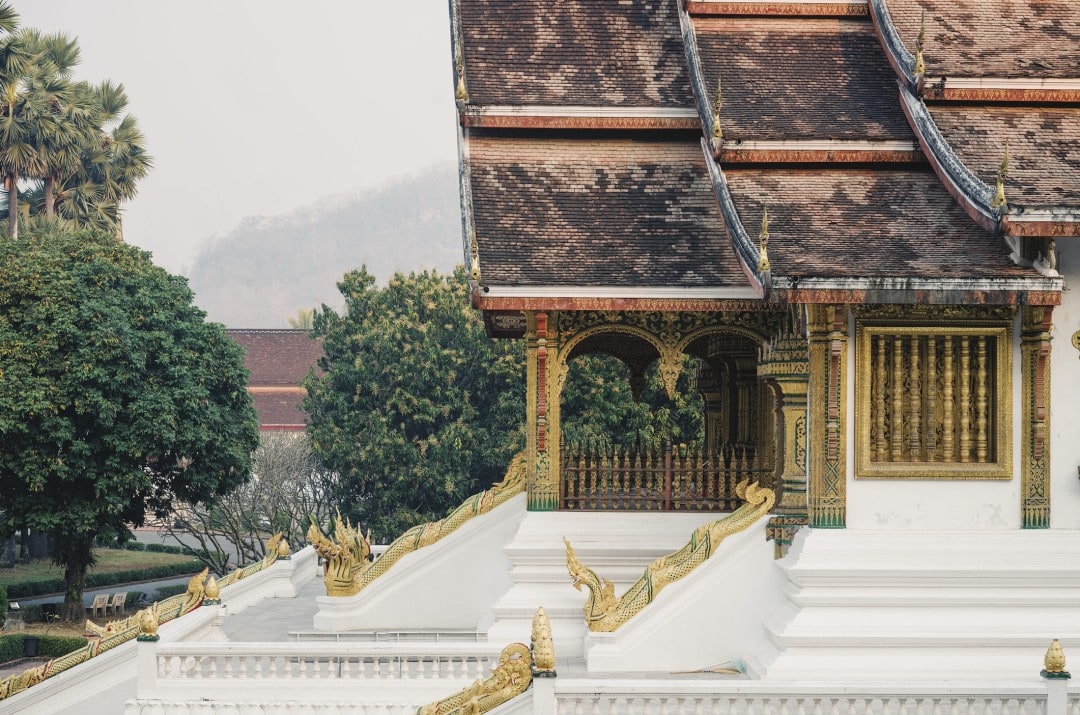
Regarding transportation to Luang Prabang:
High-speed rail
Luang Prabang is accessible by high-speed rail, allowing you to go directly by train. I have written a very detailed guide on this.
Plane tickets too expensive? Don’t worry, you can take a high-speed train out of the country and stay at the Aman!
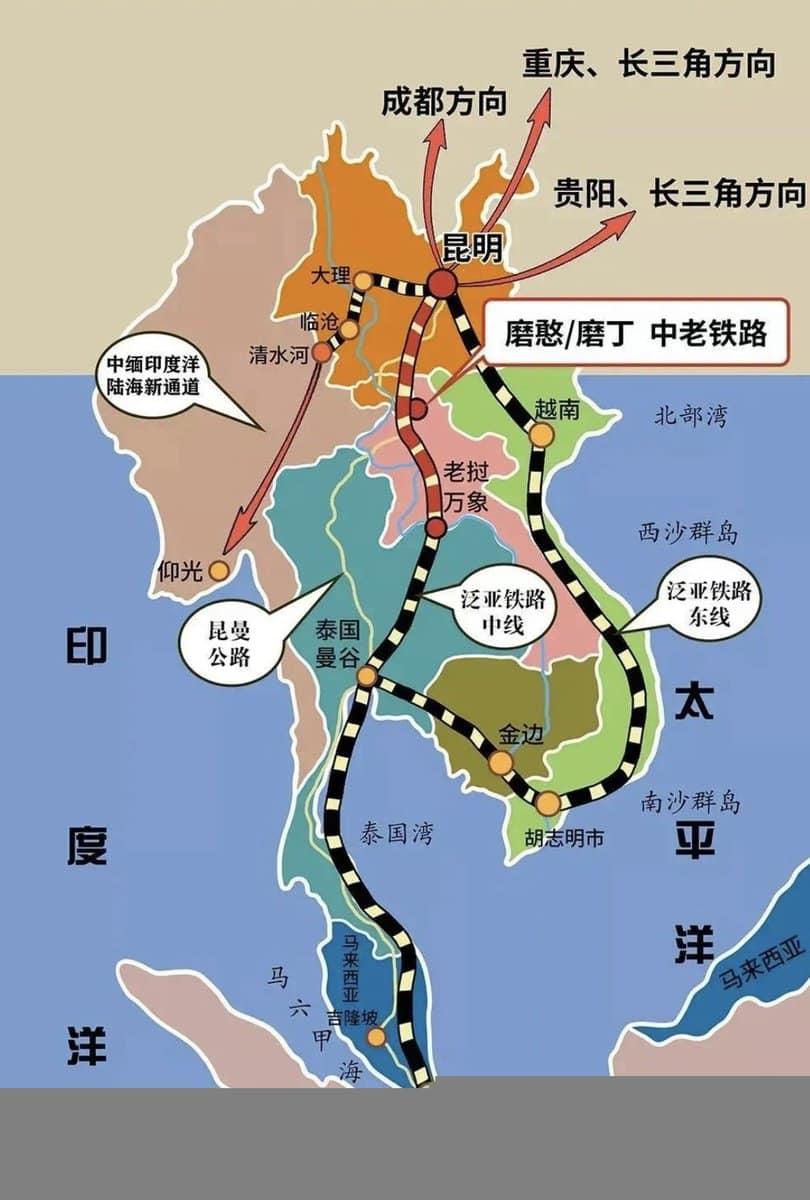
Airplane
At present, there are almost no flights from China to Luang Prabang. However, flight frequency should gradually increase in the future. Before the pandemic, it was quite convenient to fly directly from Kunming to Luang Prabang.
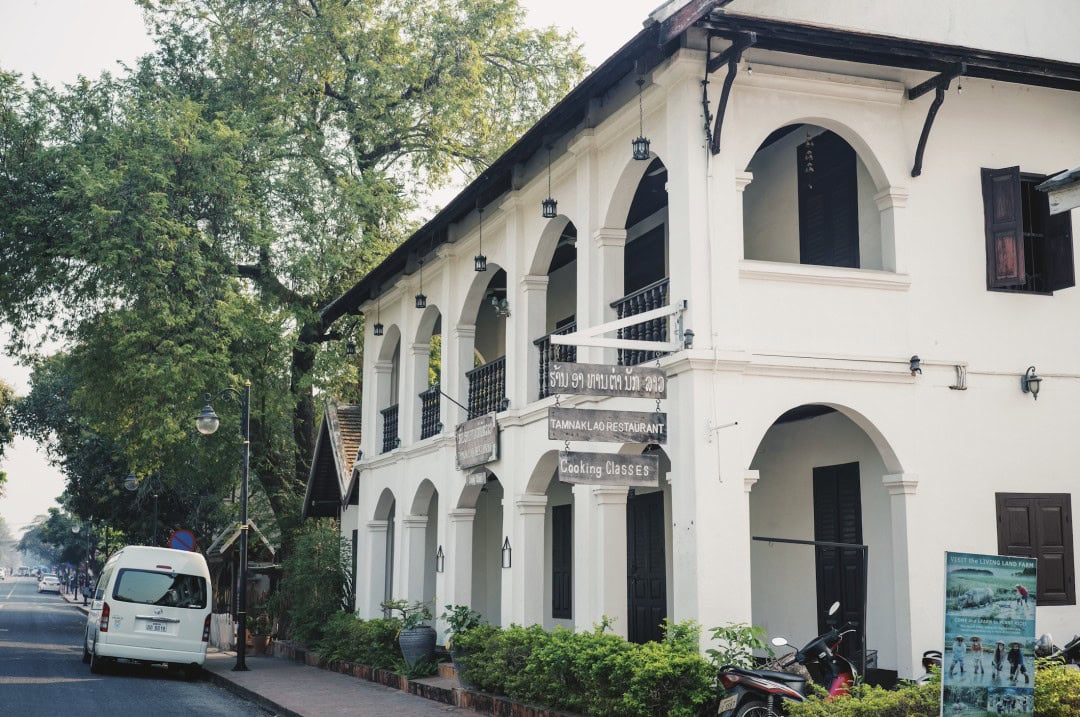
Other cities to include in your travel plans
You can combine Luang Prabang with Xishuangbanna, Vang Vieng, and Vientiane for a seamless travel experience. You can also connect to Thailand.
At present, flights to Southeast Asia are still relatively expensive. Utilizing the high-speed rail to get to Luang Prabang and making it a transit point is actually a good idea.
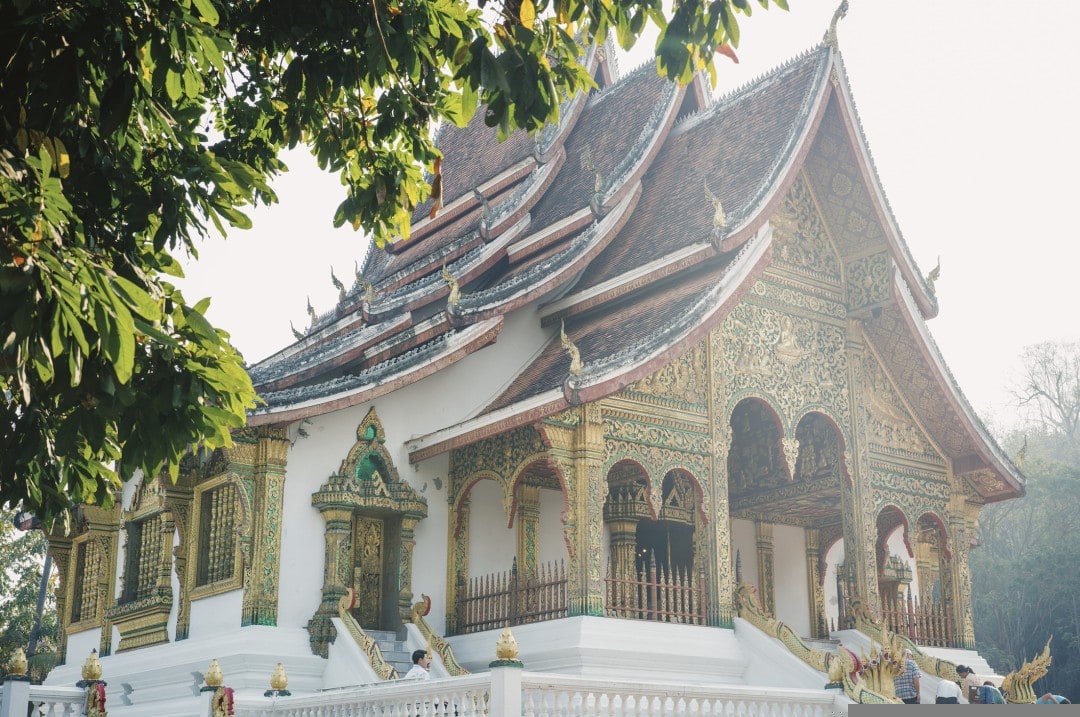
For the past three years, due to the pandemic, outbound travel has been at a standstill. The Happy Travel team is currently reorganizing comprehensive guides for outbound destinations, hoping to bring some assistance to everyone.

